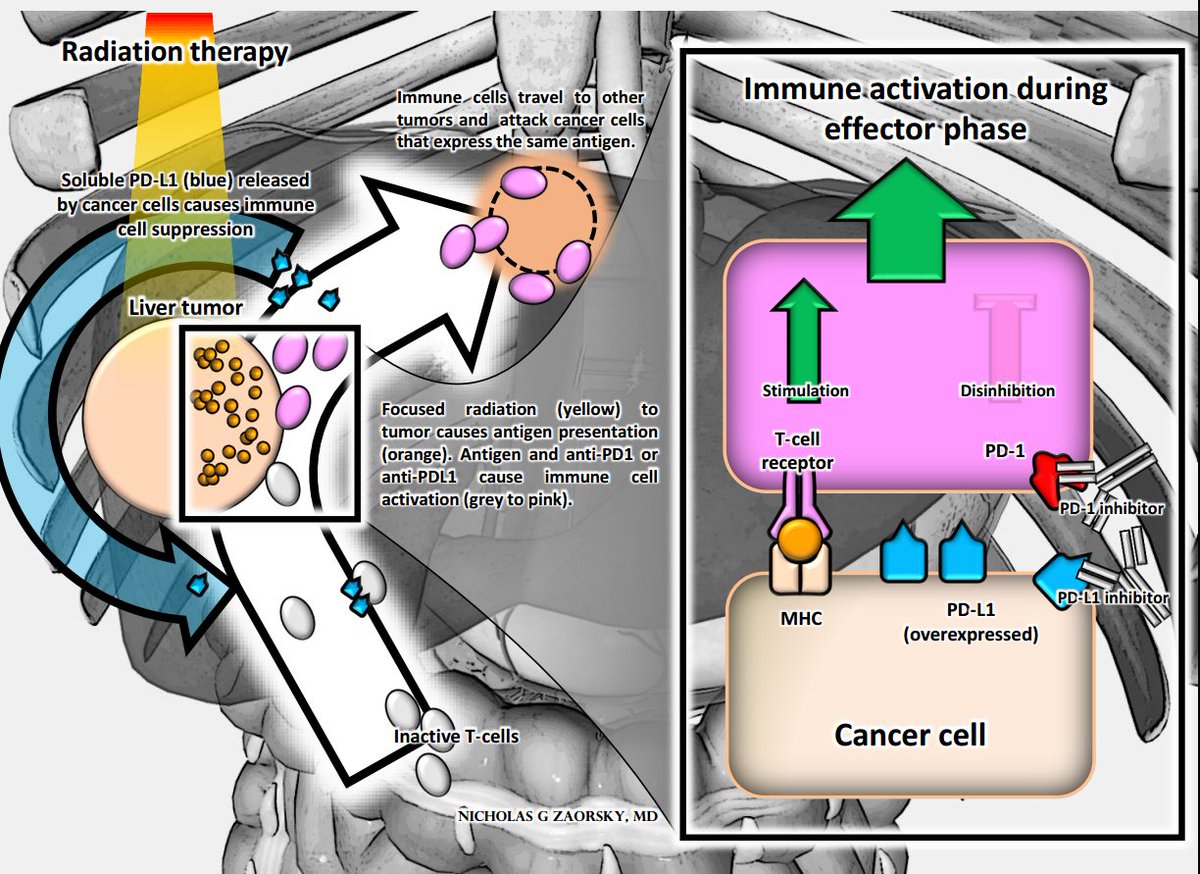Many are from textbook w @DanTrifMD
amazon.com/Absolute-Clini…
based on @ARRO_org study guide for board exams.
A picture is worth 1000 words.
Here is oncology in a few pics.
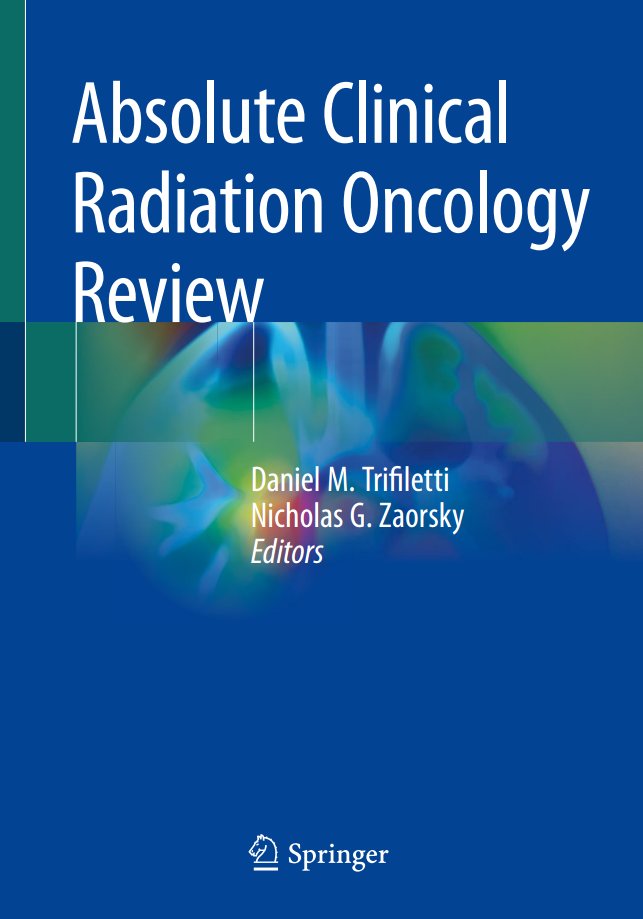
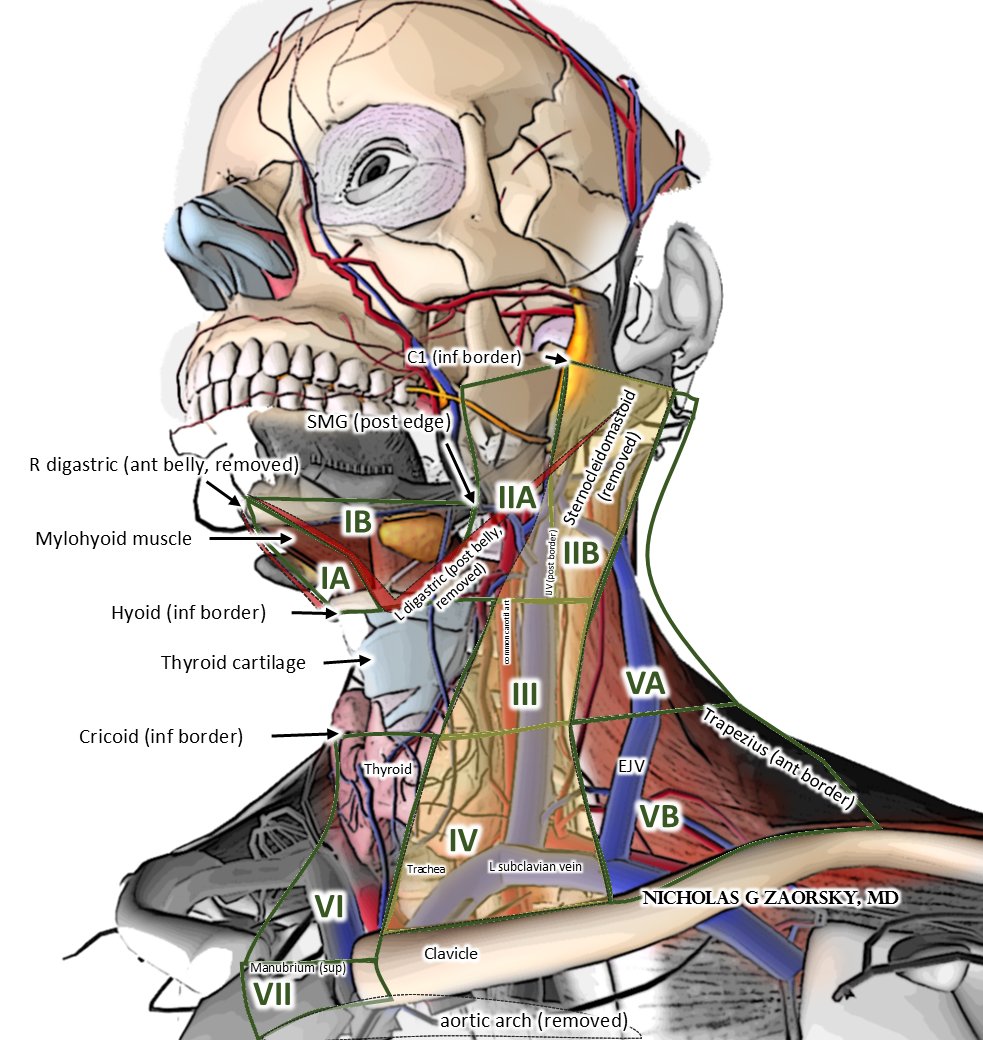
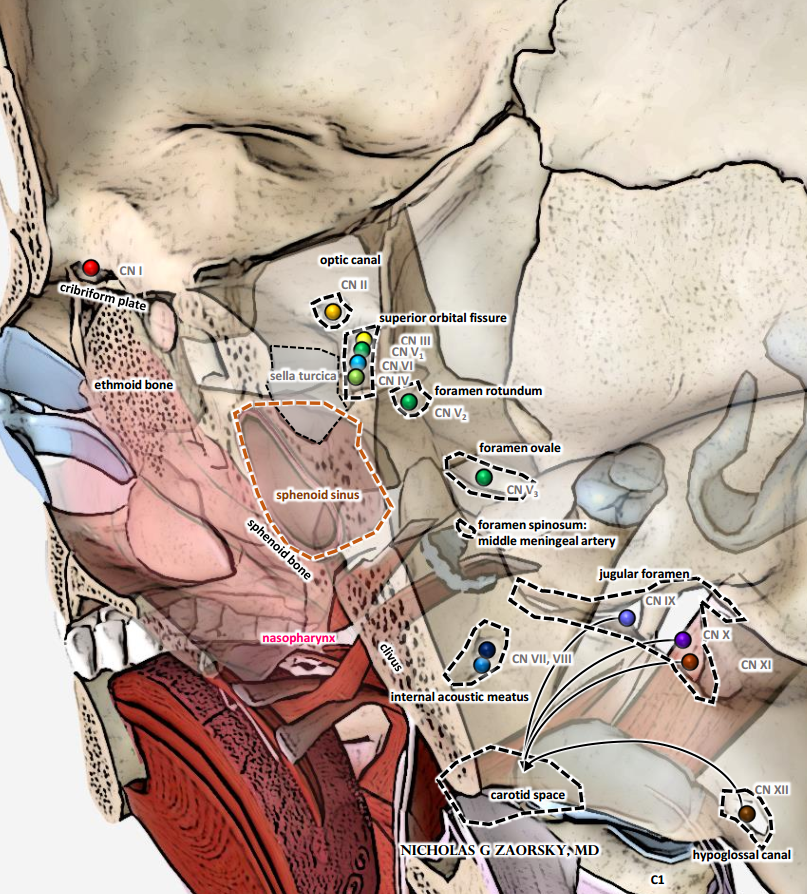
Rhabdomyosarcoma treatment paradigm for cancers of head/neck depends on parameningeal vs non-parameningeal location. PM is an unfavorable site, affects stage. #sarcoma #HNCSM
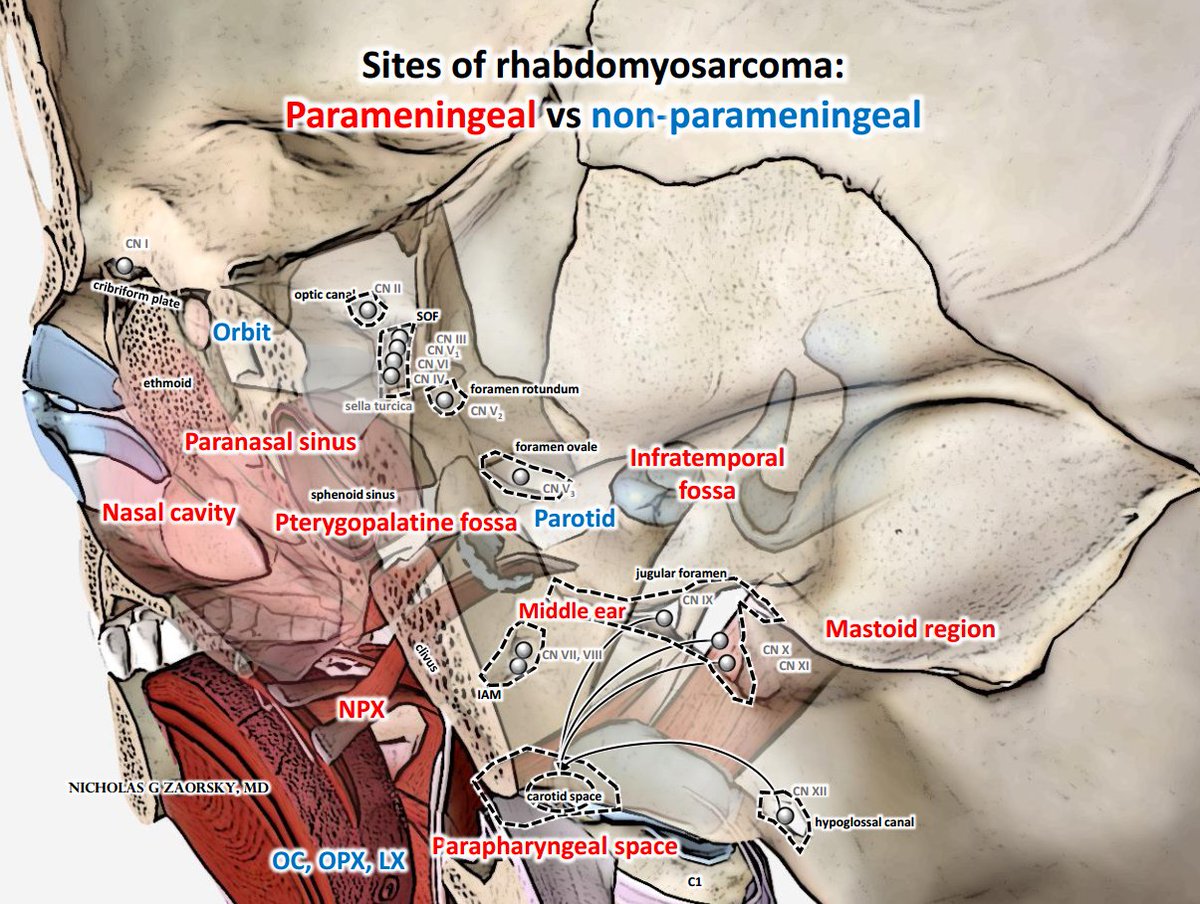
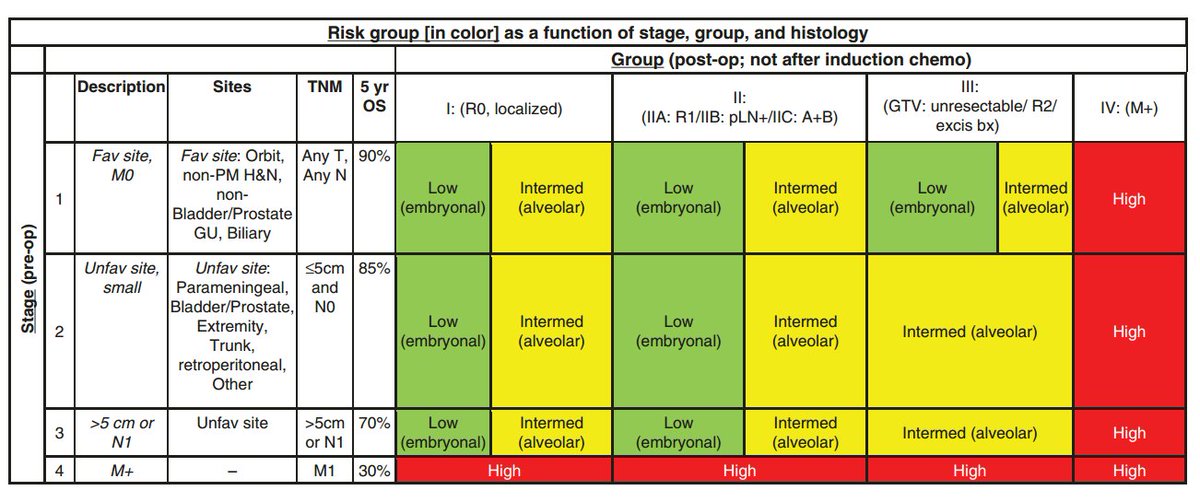
#BTSM
Chapter from @cgr0105, Sameer Nath, from University of Colorado
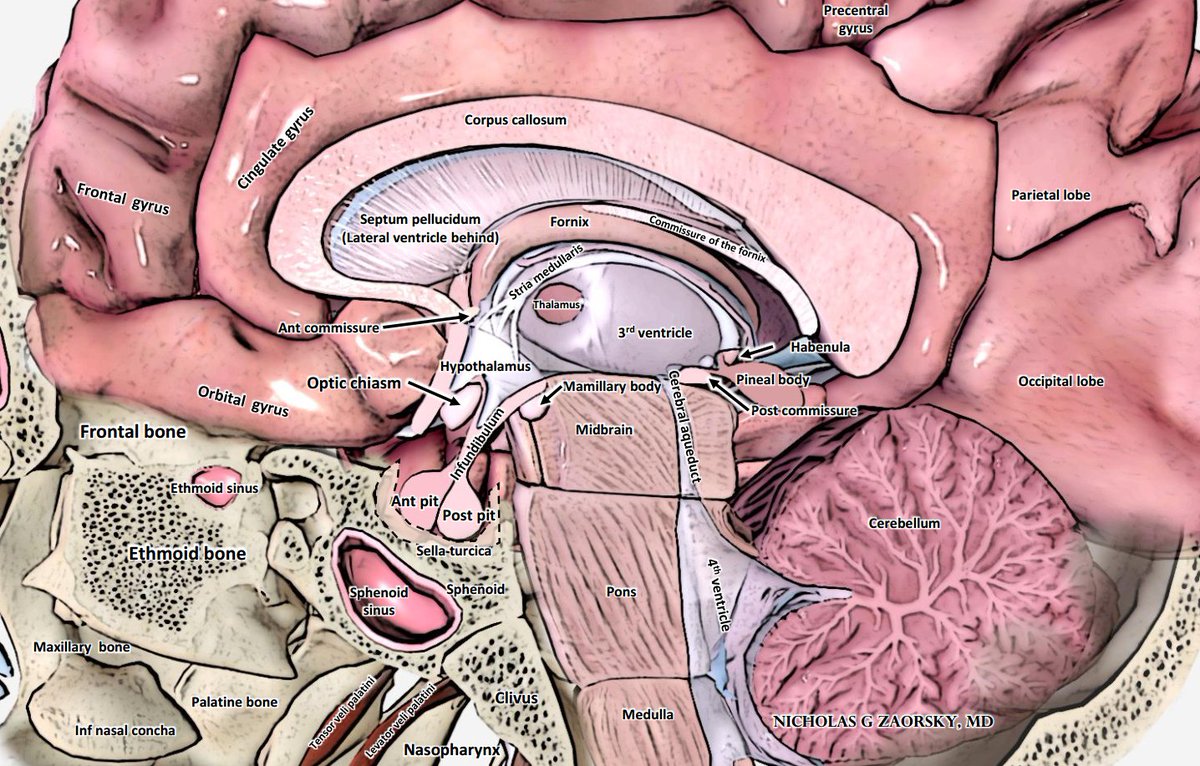
Cavernous sinus has III, IV, V1, V2, VI.
VI is relatively medial, can be affected first from pituitary tumors, or cancers of sphenoid sinus, advanced nasopharynx ca.
#HNCSM
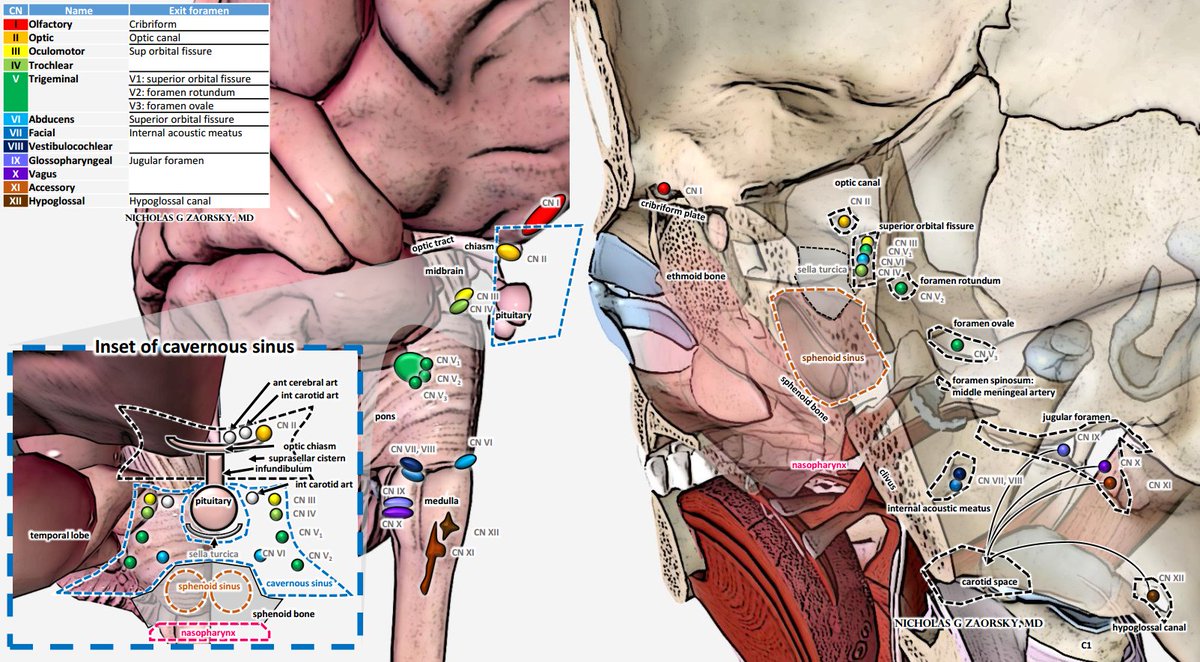
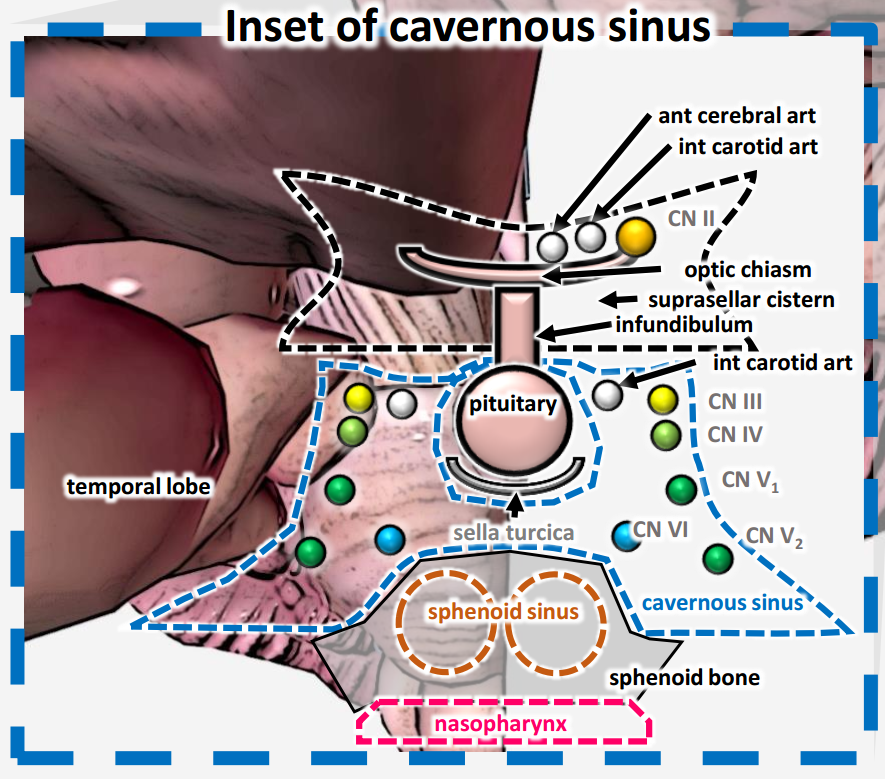
Foramen rotundum has V2.
Foramen ovale has V3.
SRO = Standing Room Only for exit of V1/2/3. Common mnemonic in #medtwitter #MedEd for @TheUSMLE exams.
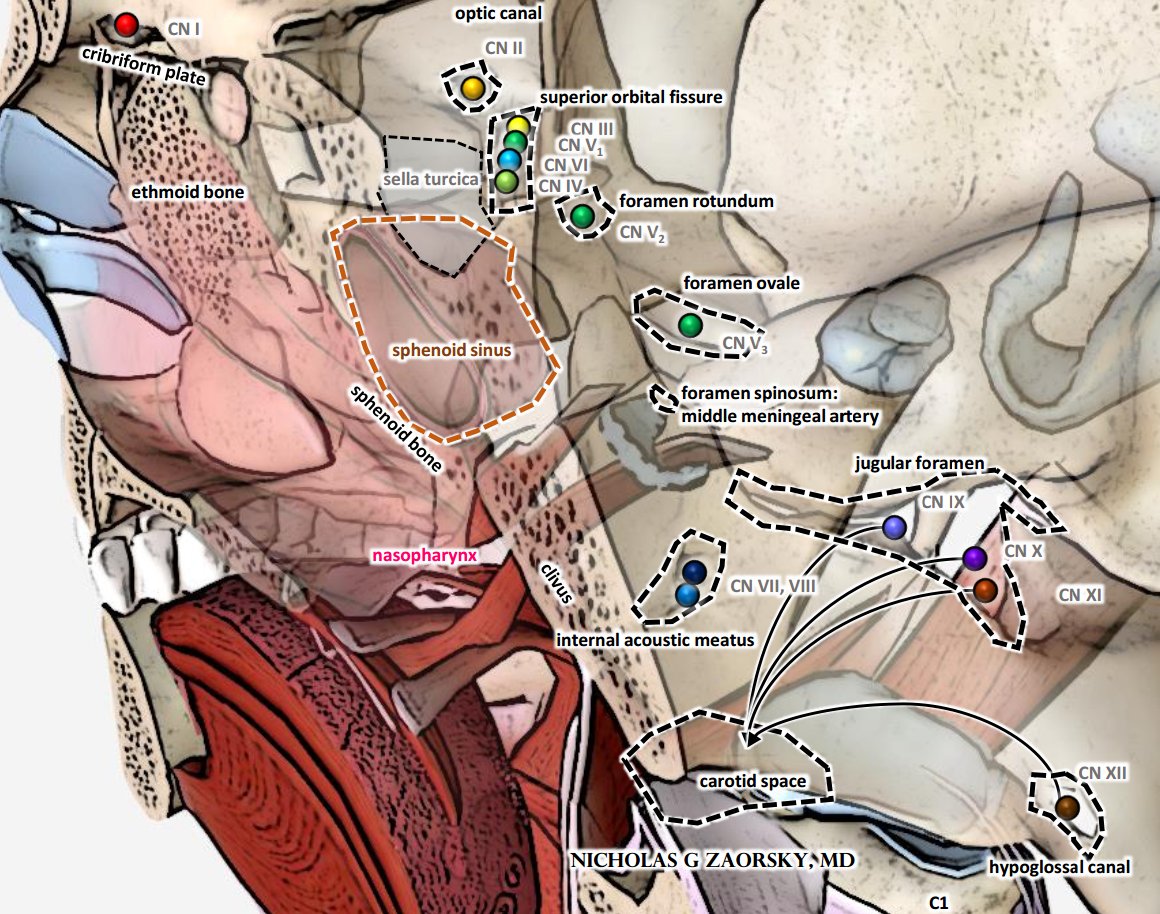
Here is an amazing website for more details: headneckbrainspine.com/Neuroanatomy-m…
@TheASNR @RadiologyACR
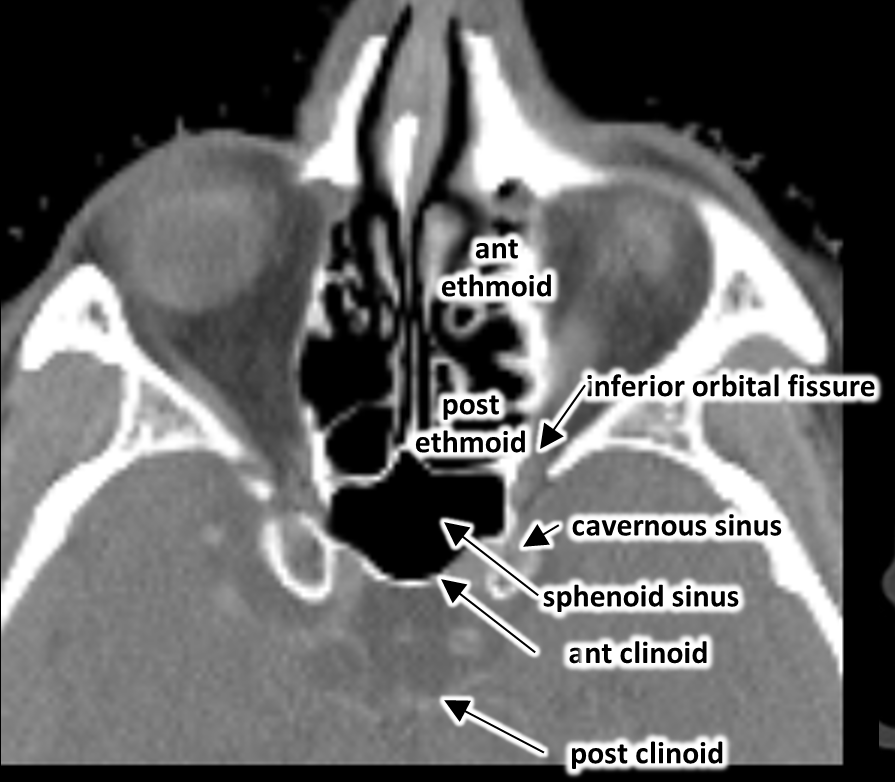
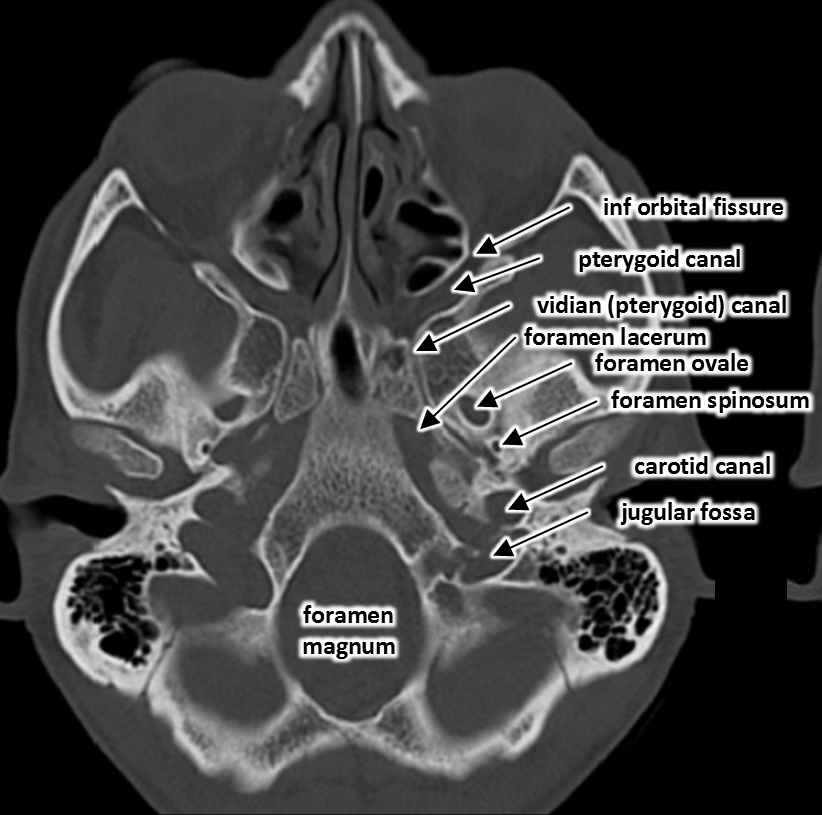
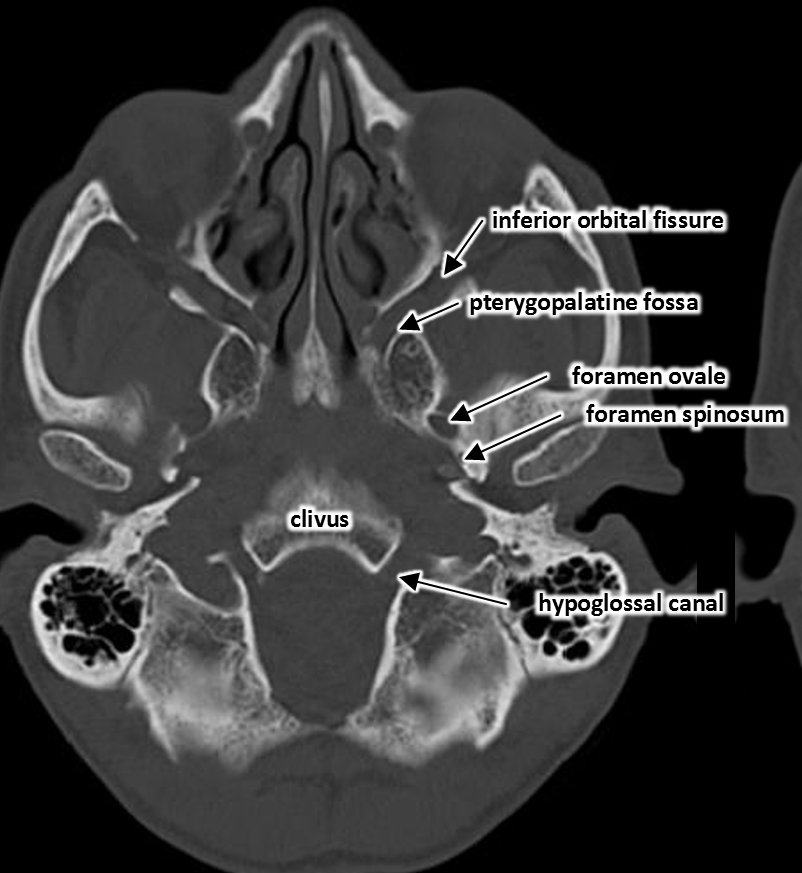
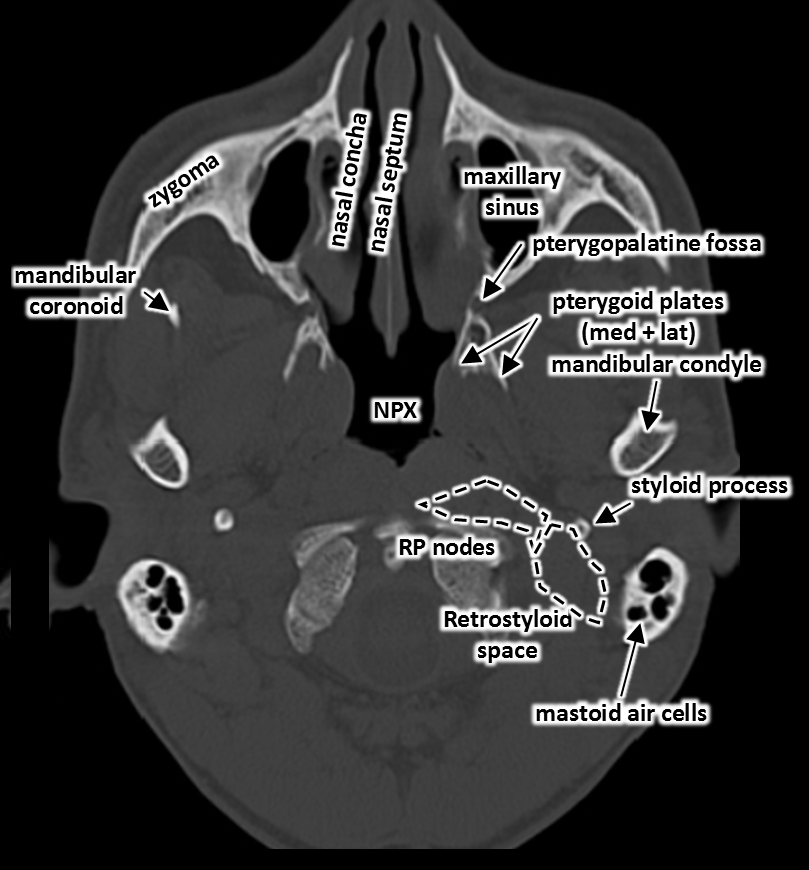
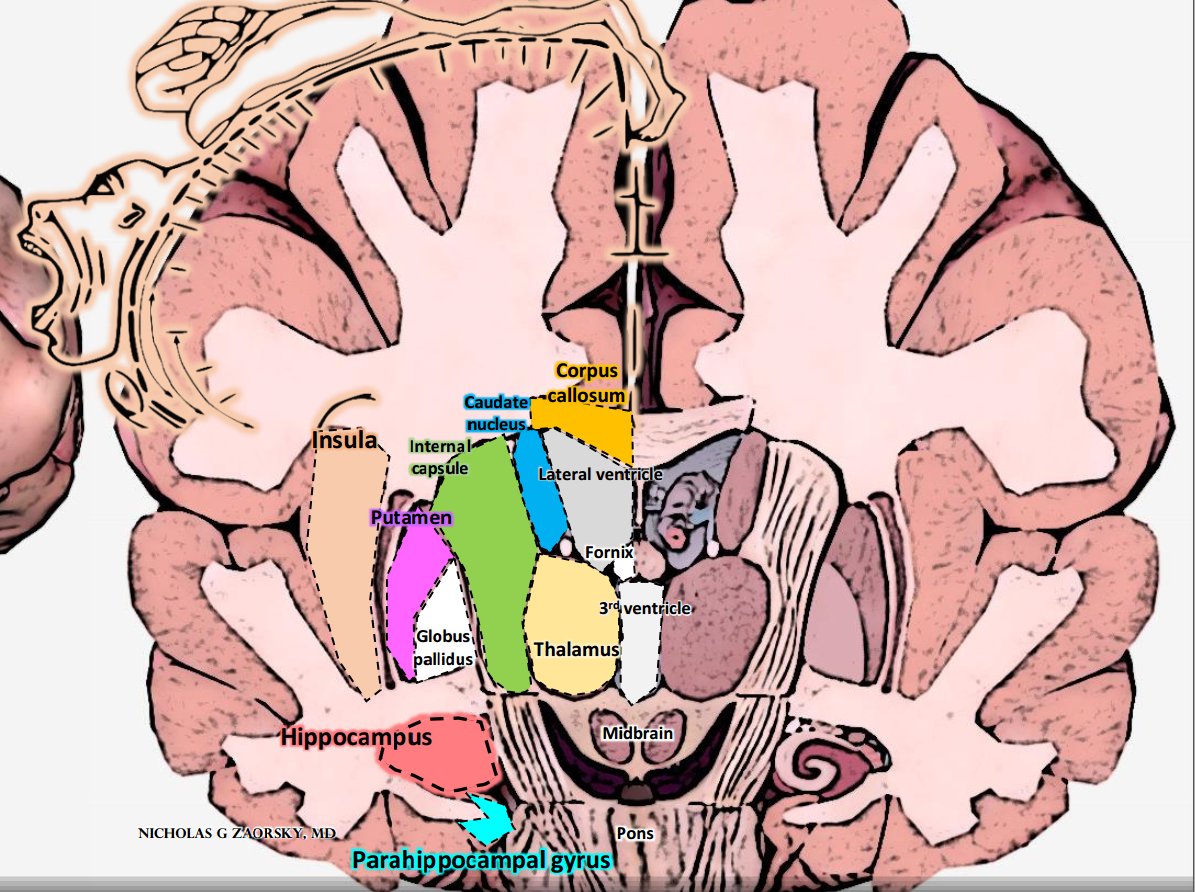
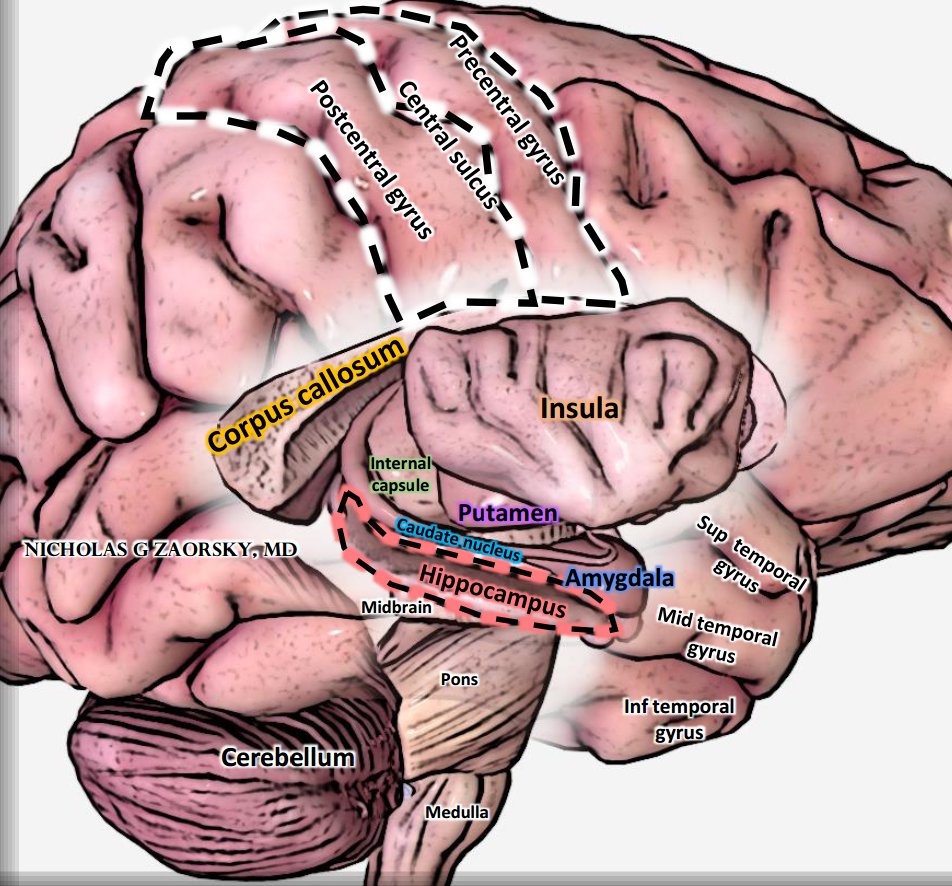
ncbi.nlm.nih.gov/pubmed/25349290
#BTSM
Here is the @NRGonc contouring atlas related to the anatomy
rtog.org/CoreLab/Contou…
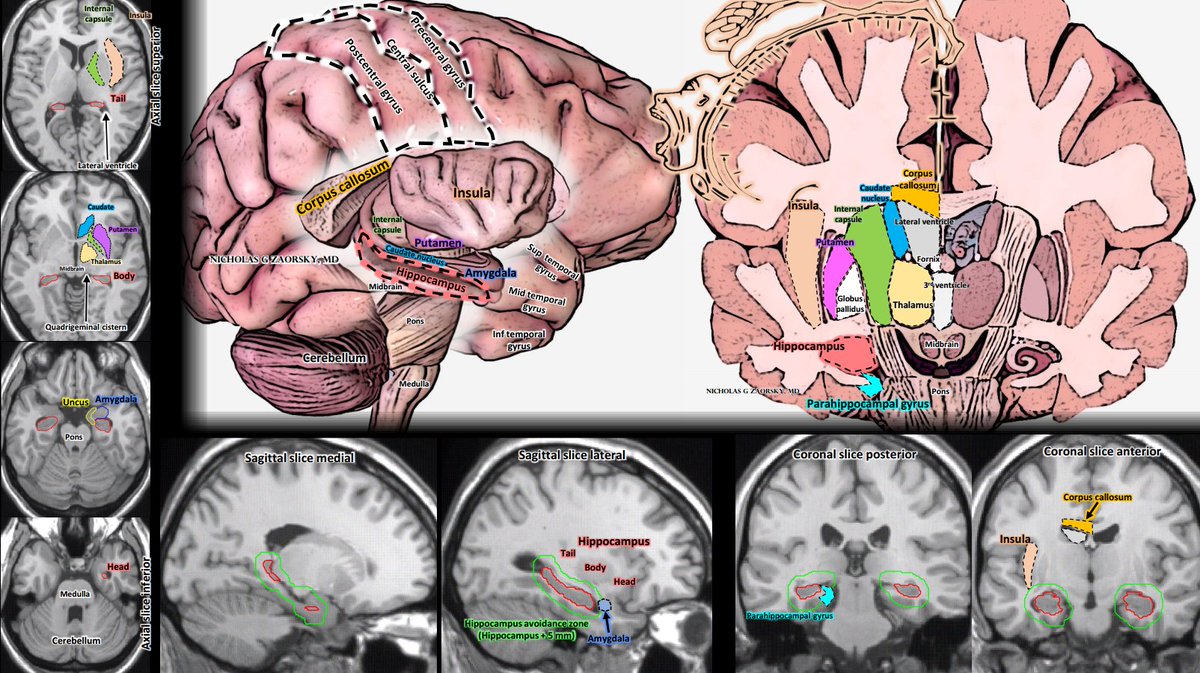
Mets are at g/w junction, sharp delineation.
HGG enhances peripherally, infiltrates, is cystic, ragged borders. LGG similar, but usually not enhancing.
Lymphoma is "cotton wool."
Meningioma has dural tail sign, extra-axial.
Radionecrosis is "cut pepper"
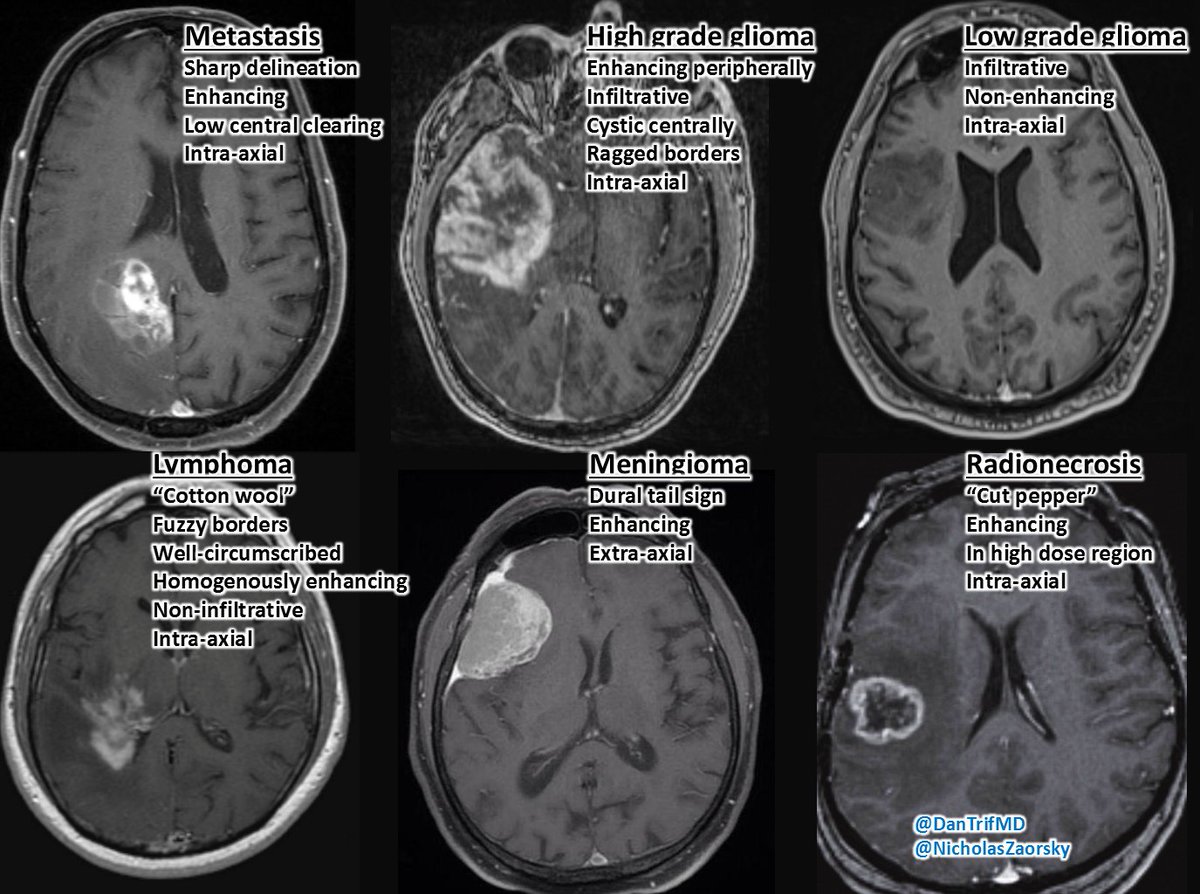
Tumors have cells, and CHOLINE is part of cell membrane.
Necrotic tissue has LACTATE.
These are the 2 peaks on MRS.
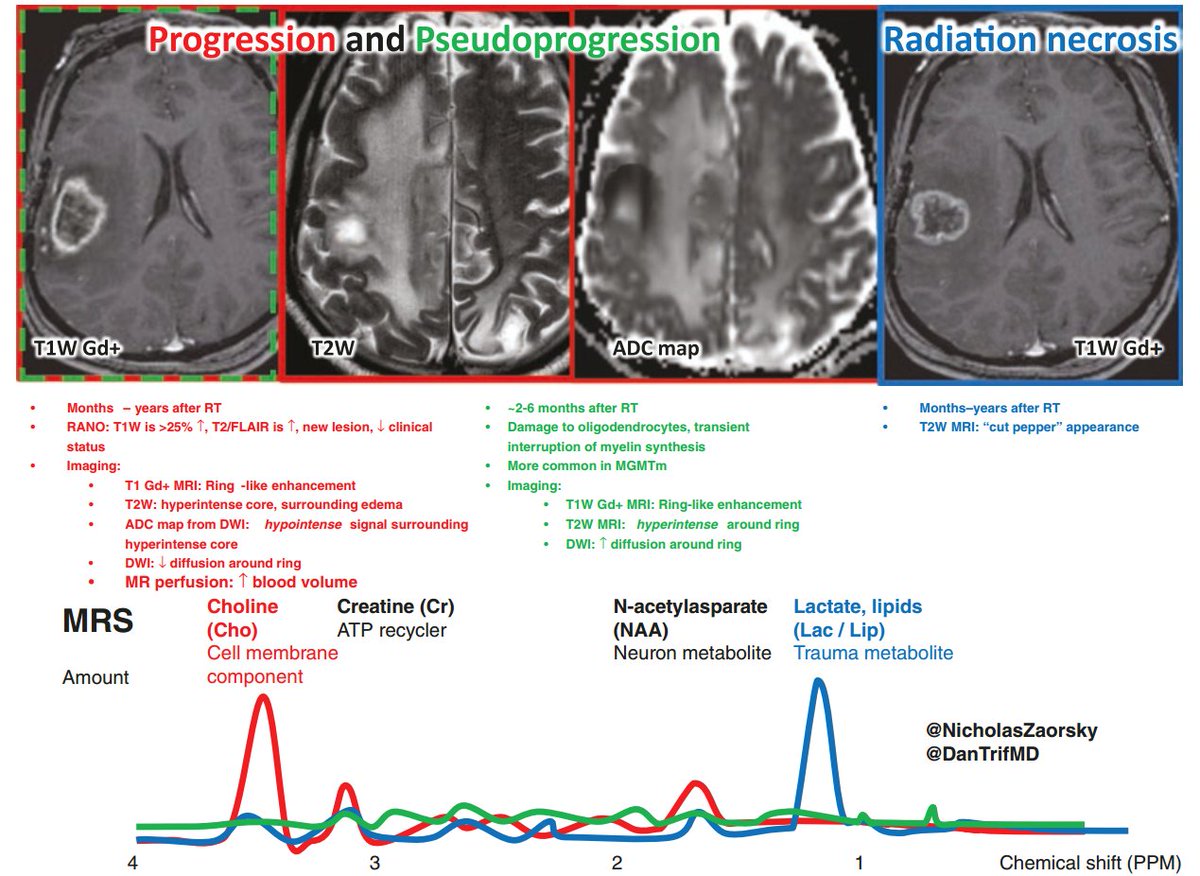
radiopaedia.org/articles/rano-…
#BTSM
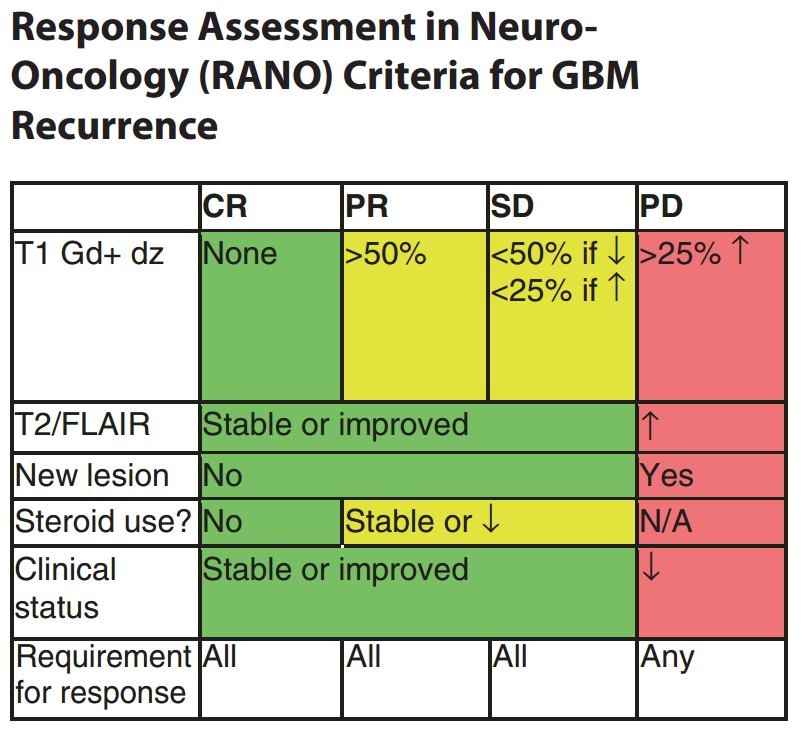
Also SRS+immunotherapy is promising.
ncbi.nlm.nih.gov/pubmed/30241791
ncbi.nlm.nih.gov/pubmed/30301252
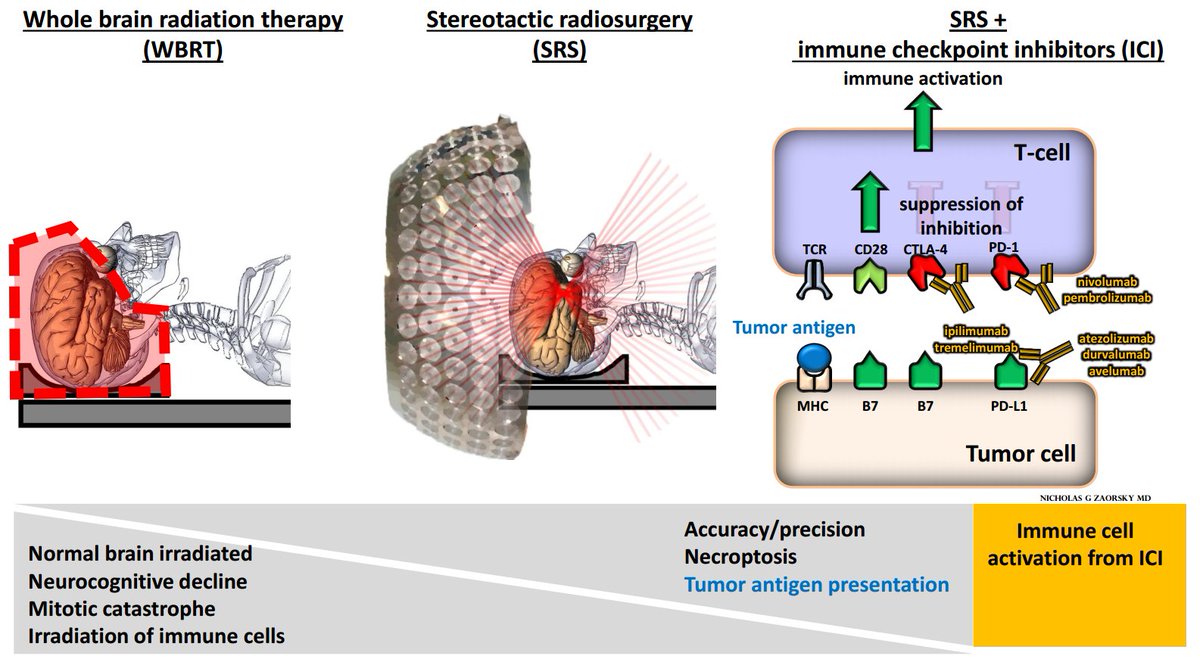
Figure I had made for Andrew Sharabi, @UCSDHealth #RadOnc
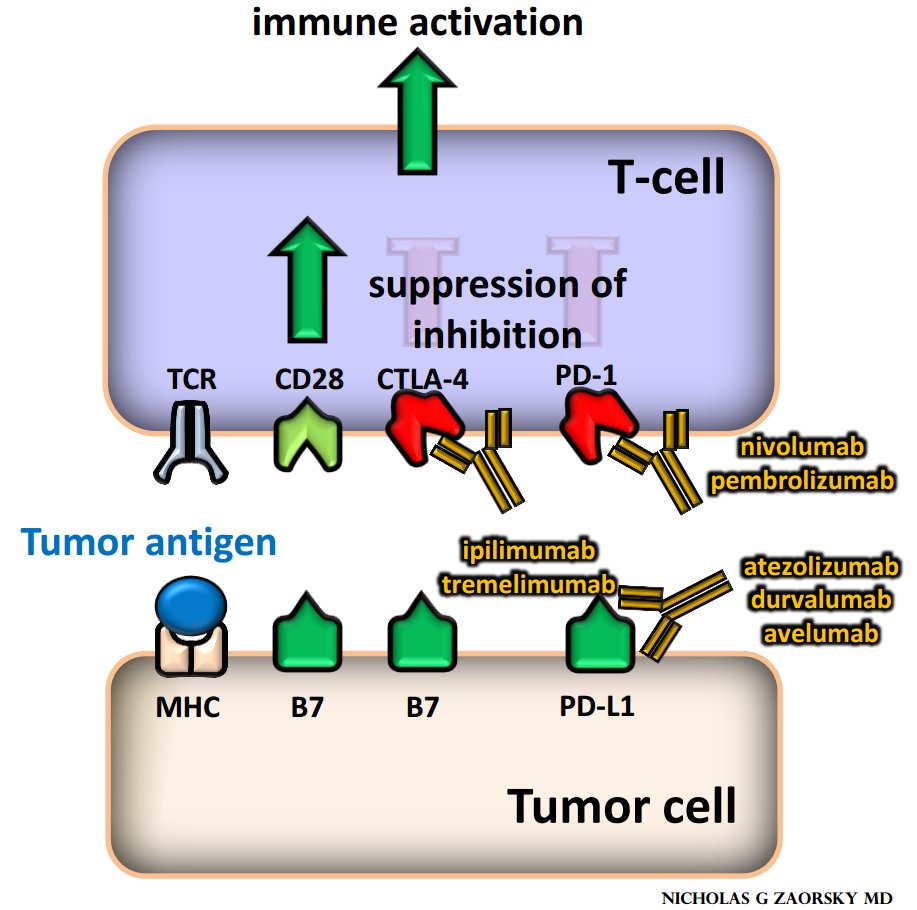
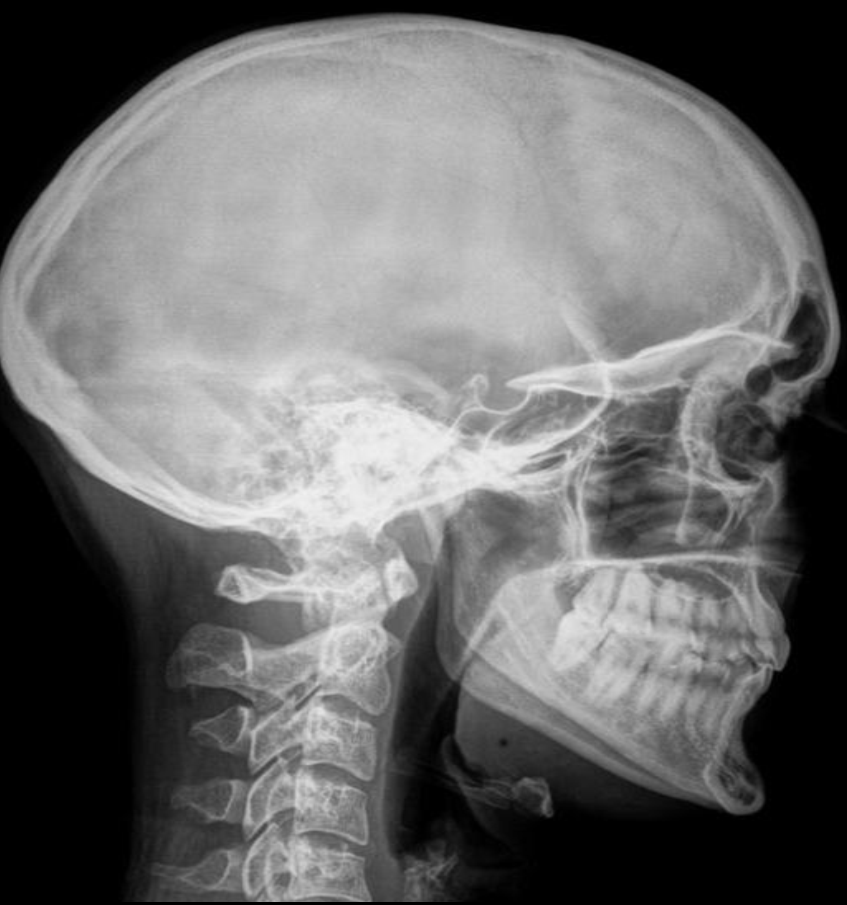
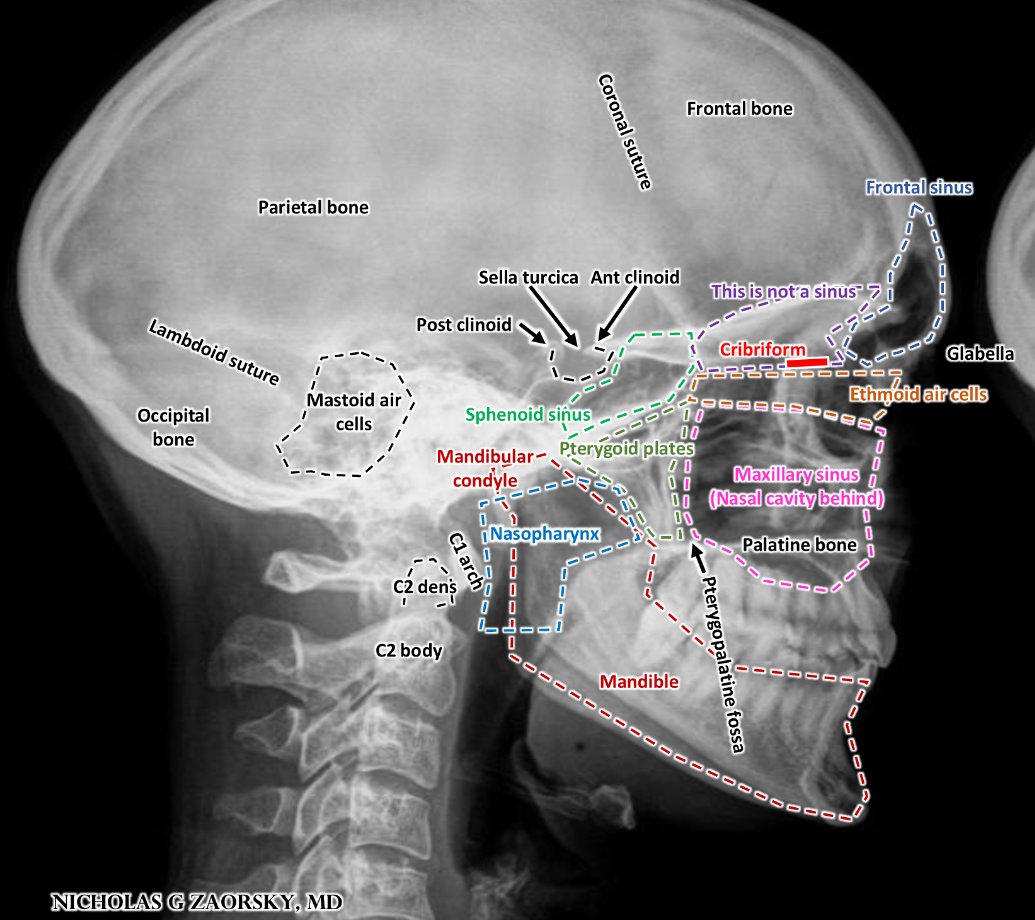
If these lymph nodes involved, consider primary cancer from these:
I: OC, lip, skin
II: "grand central station" (all, tho IIB less from OC, LX, HPX)
III: NPX, OC, OPX, LX, HPX
IV: NPX, OPX, LX, HPX > OC
V: NPX, skin
VI: thyroid, LX, HPX
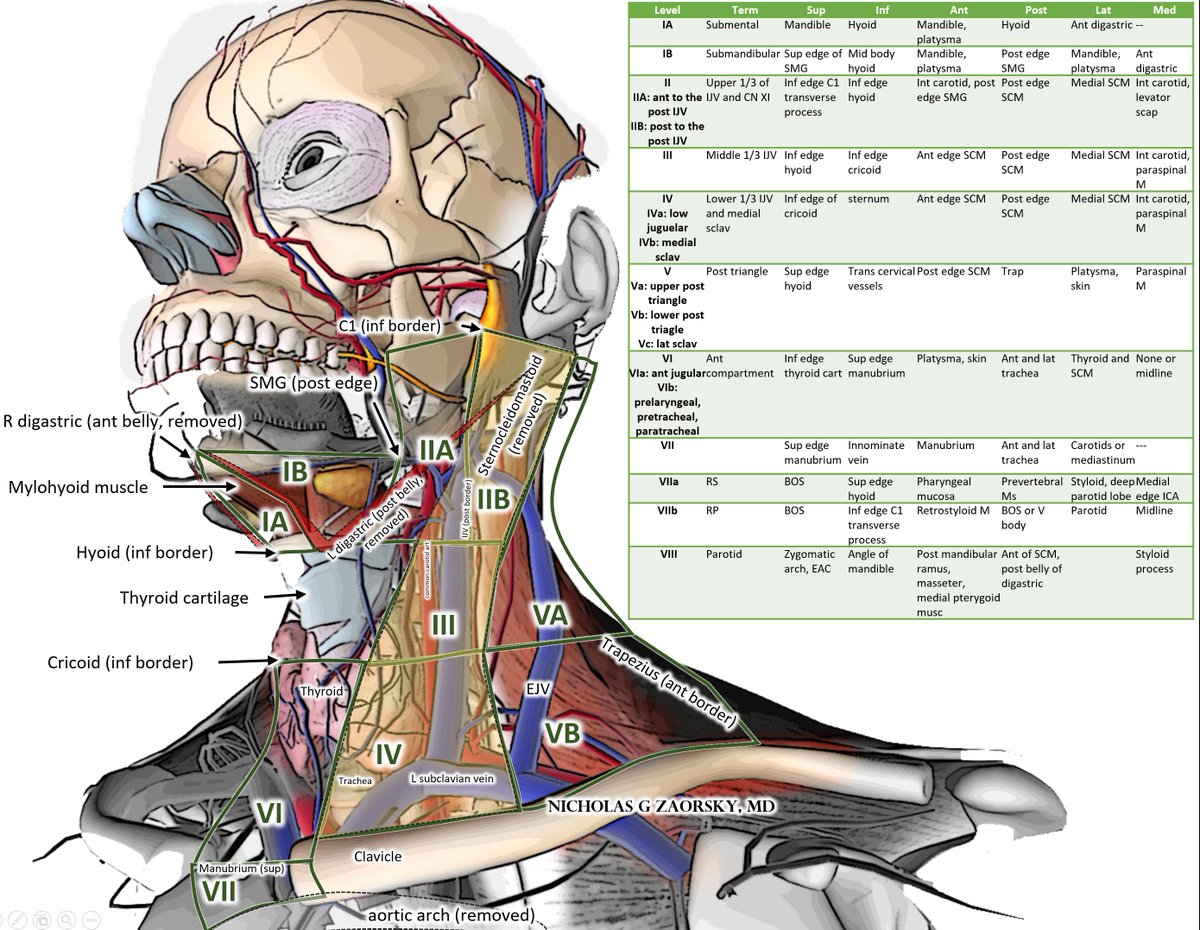
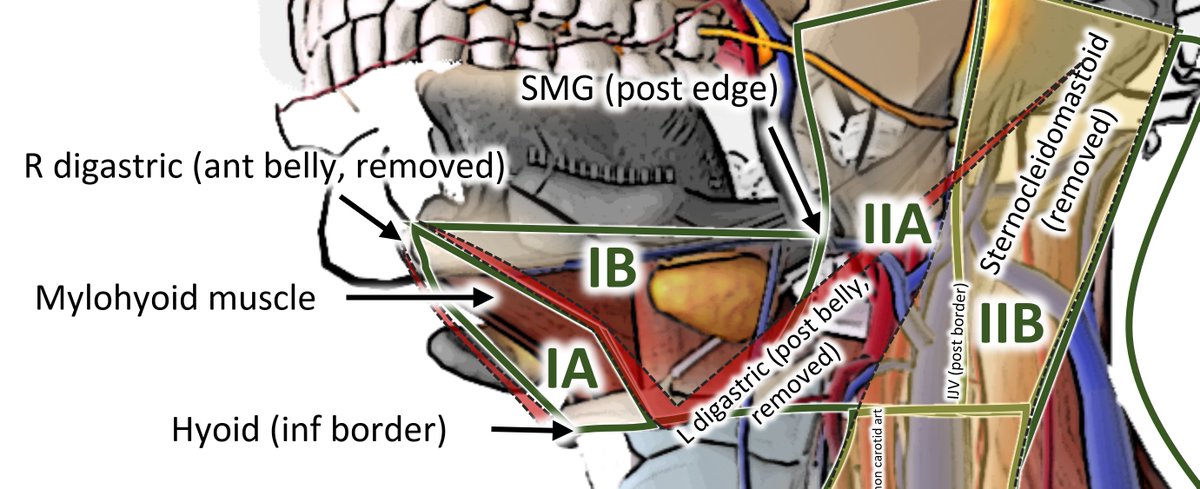
Modified radical neck dissections and selective neck dissections can preserve normal anatomy and function.
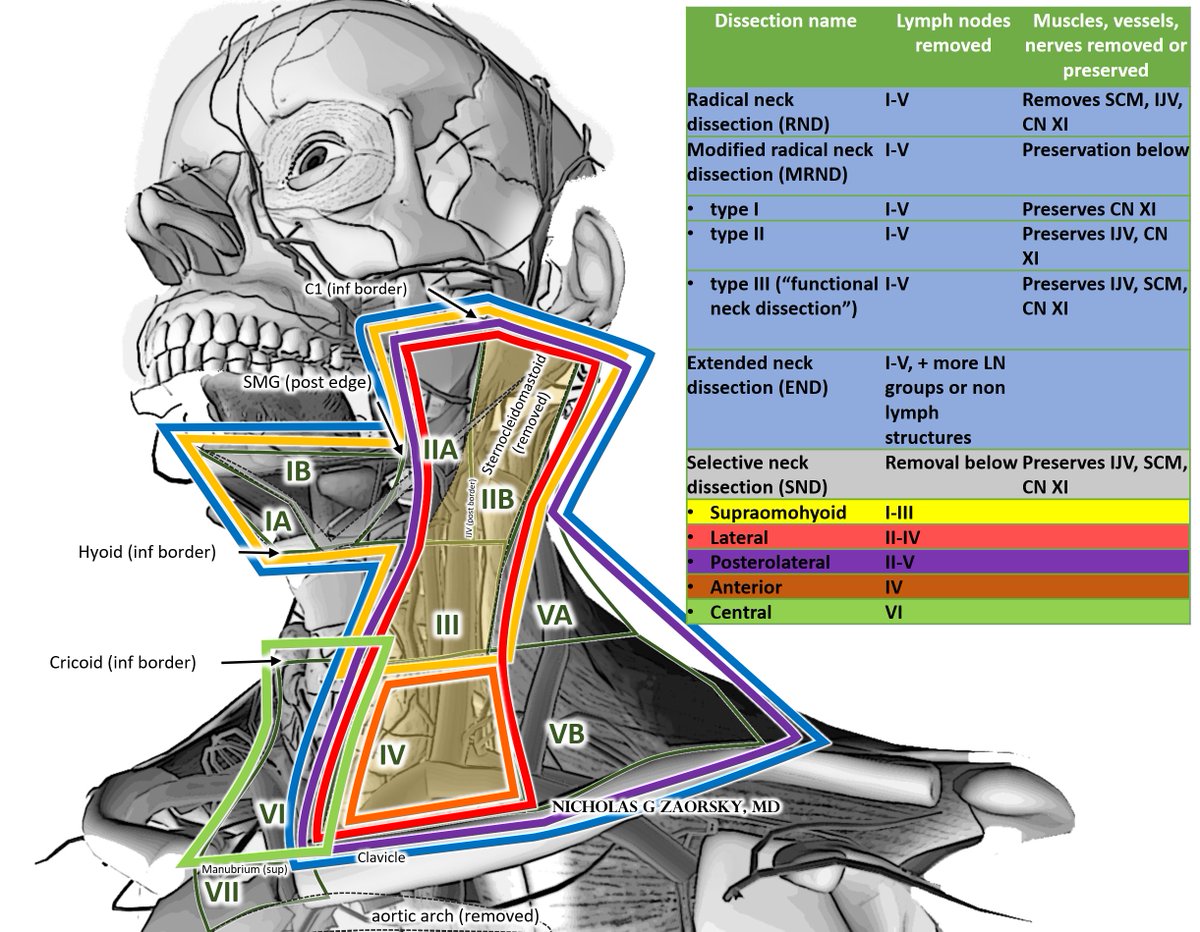
nasal cavity (NC), nasopharynx (NPX), oral cavity (OC), oropharynx (OPX), larynx (LX).
In developed countries today, there is rise in HPV+ cancers of the OPX, typically from base of tongue > tonsil.
#HNCSM
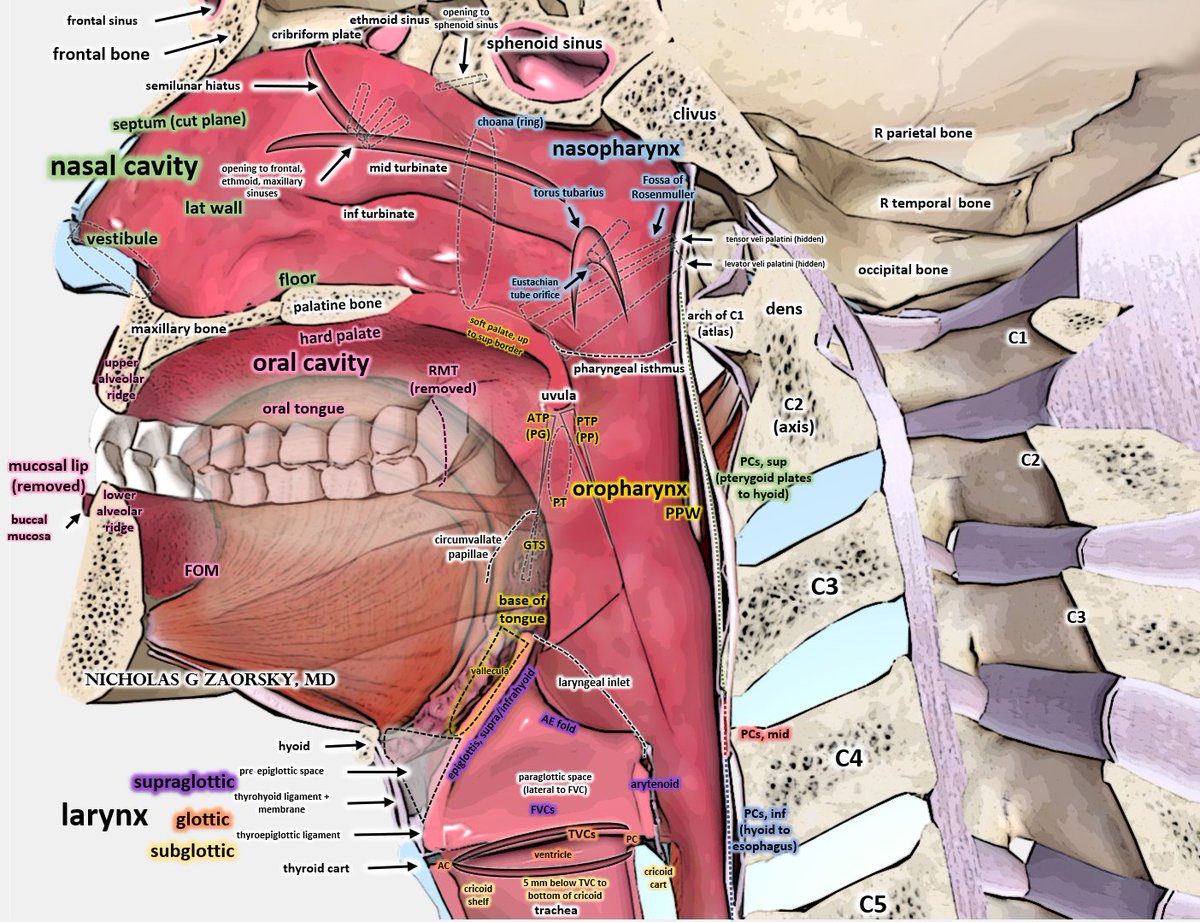
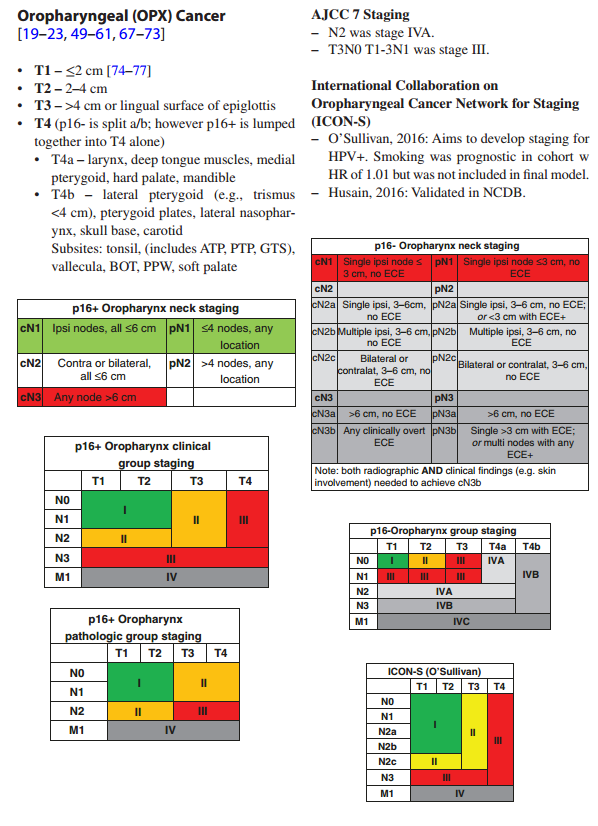
#HNCSM
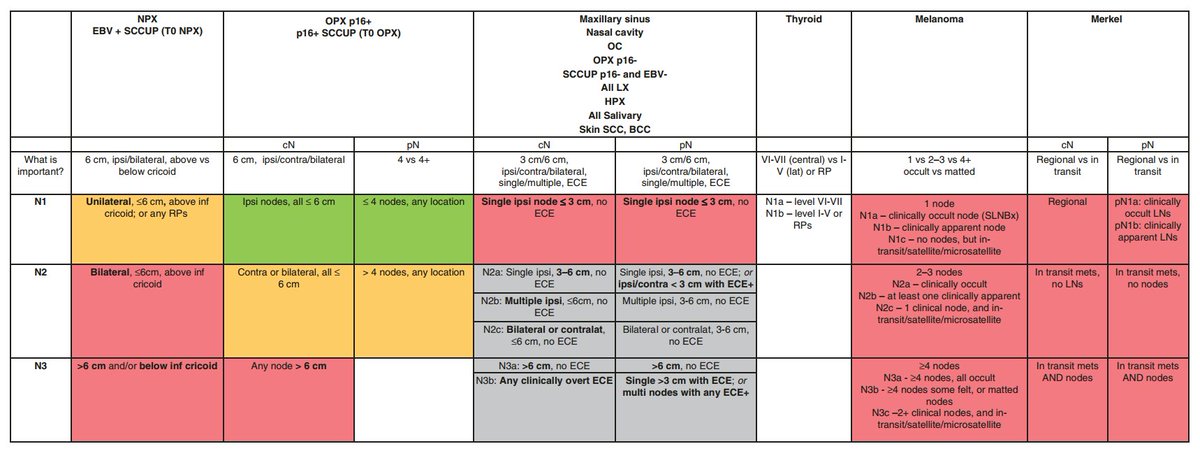
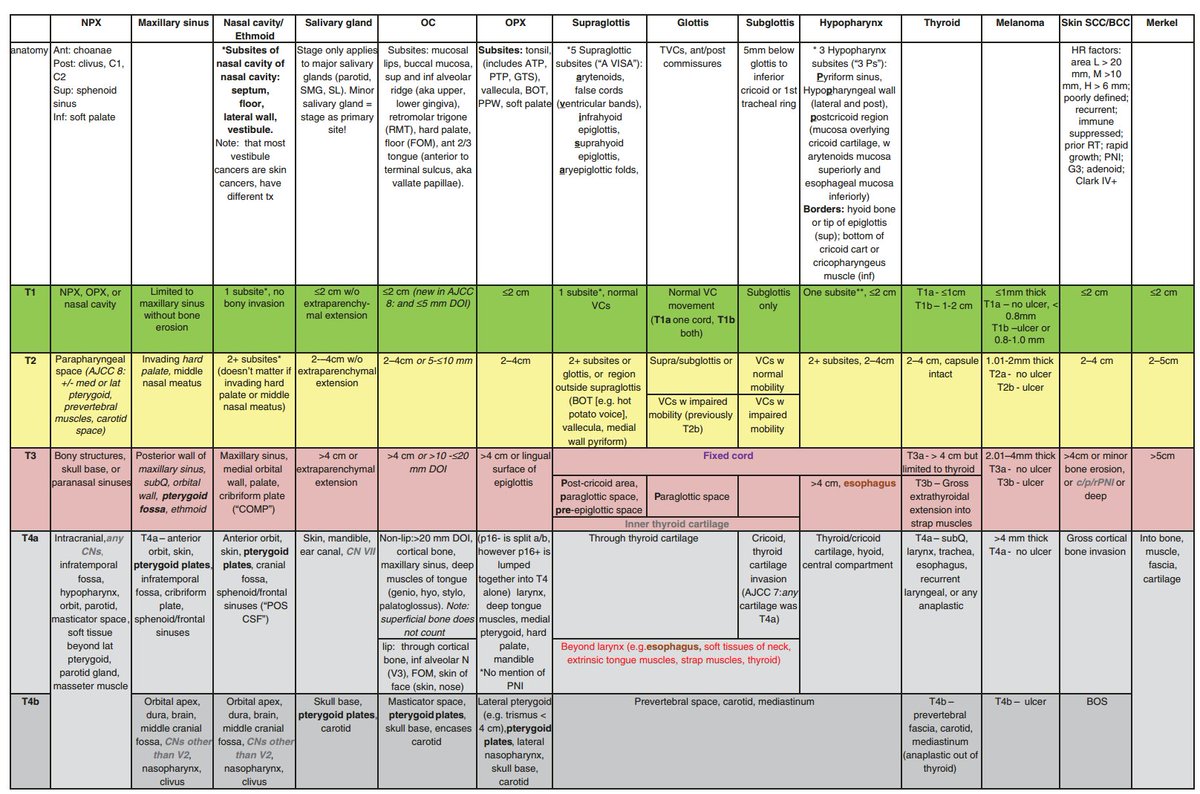
For pain in:
V3: think OC, palate, lower teeth, mandible
IX: PTP, NPX, RS space
X: LX, lingual epiglottis, external canal (post-auricular)
VII: NC, ethmoid, sphenoid
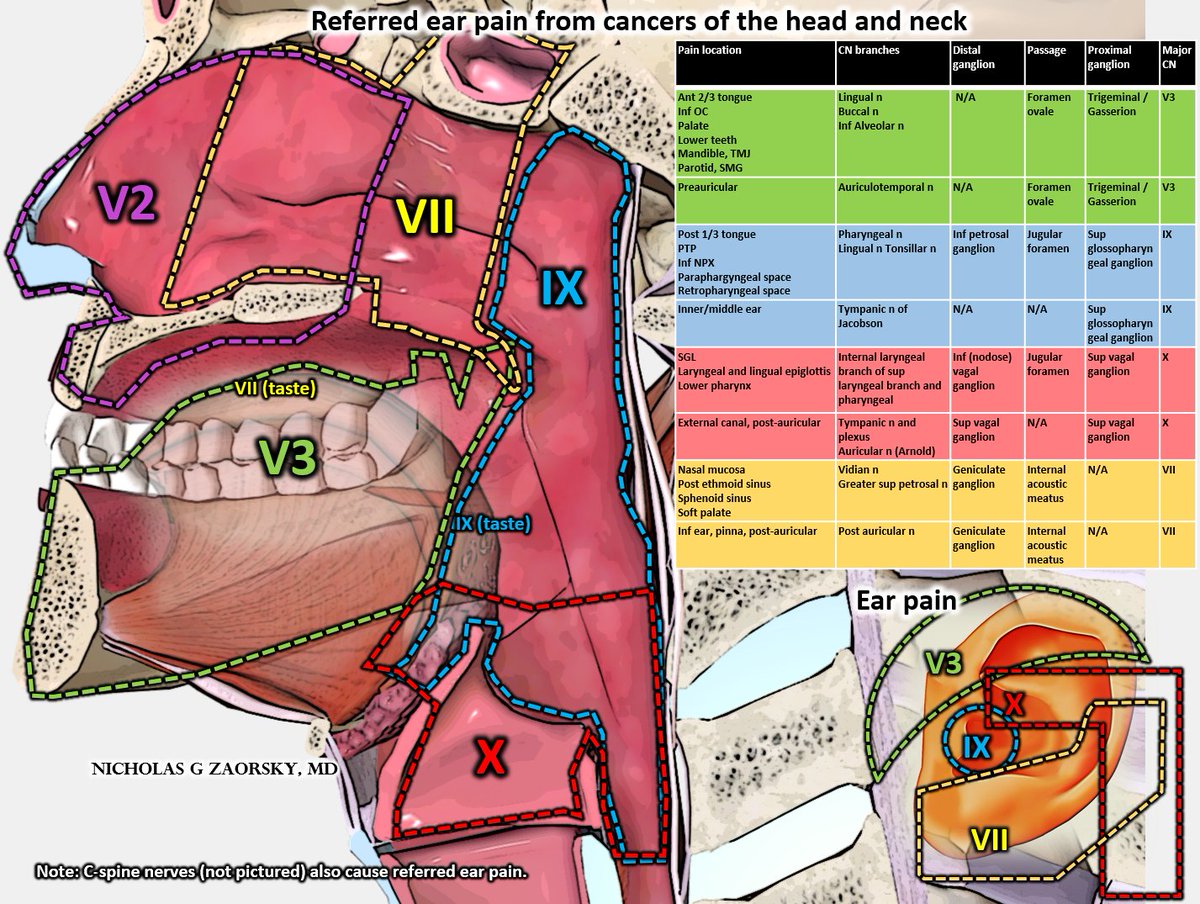
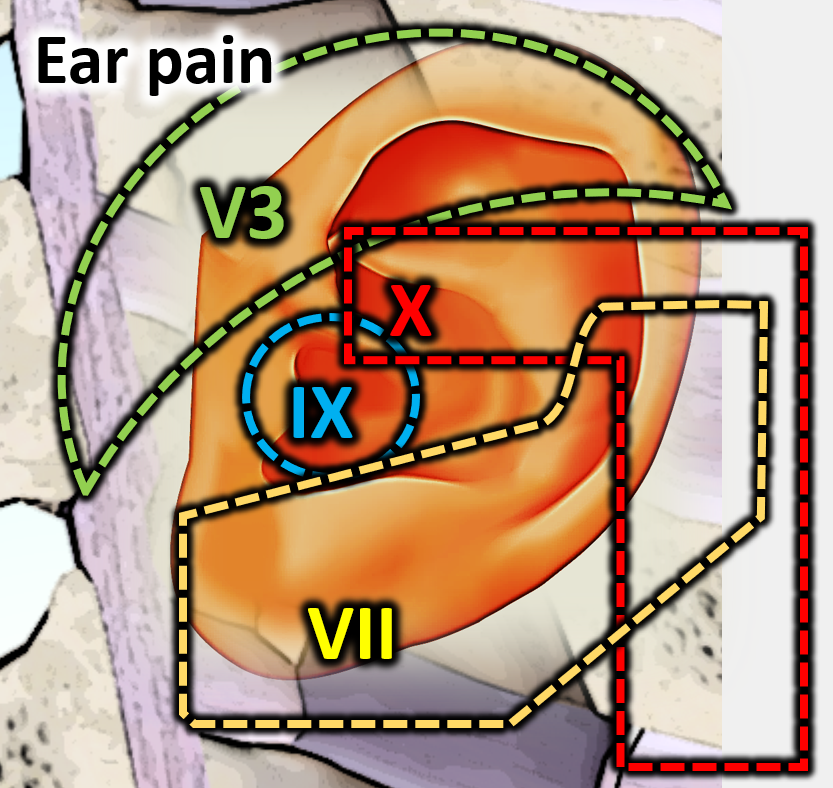
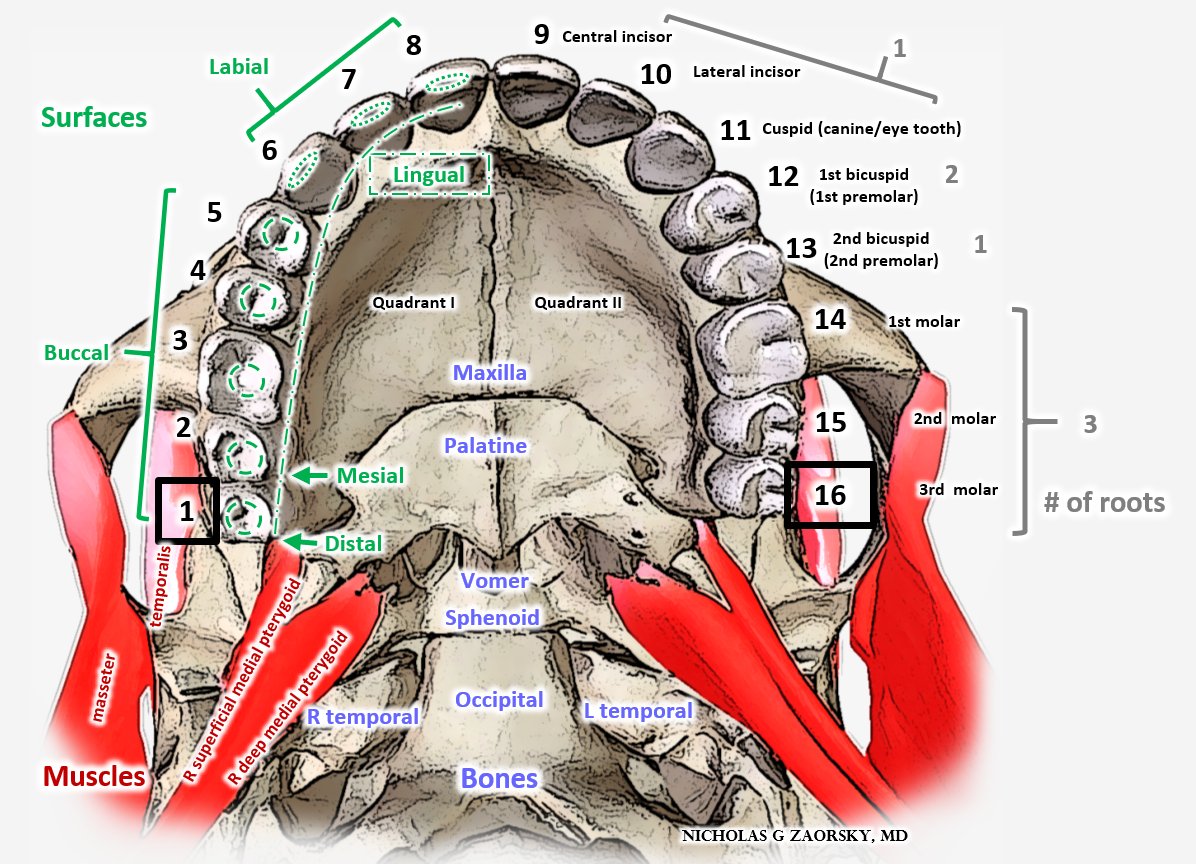
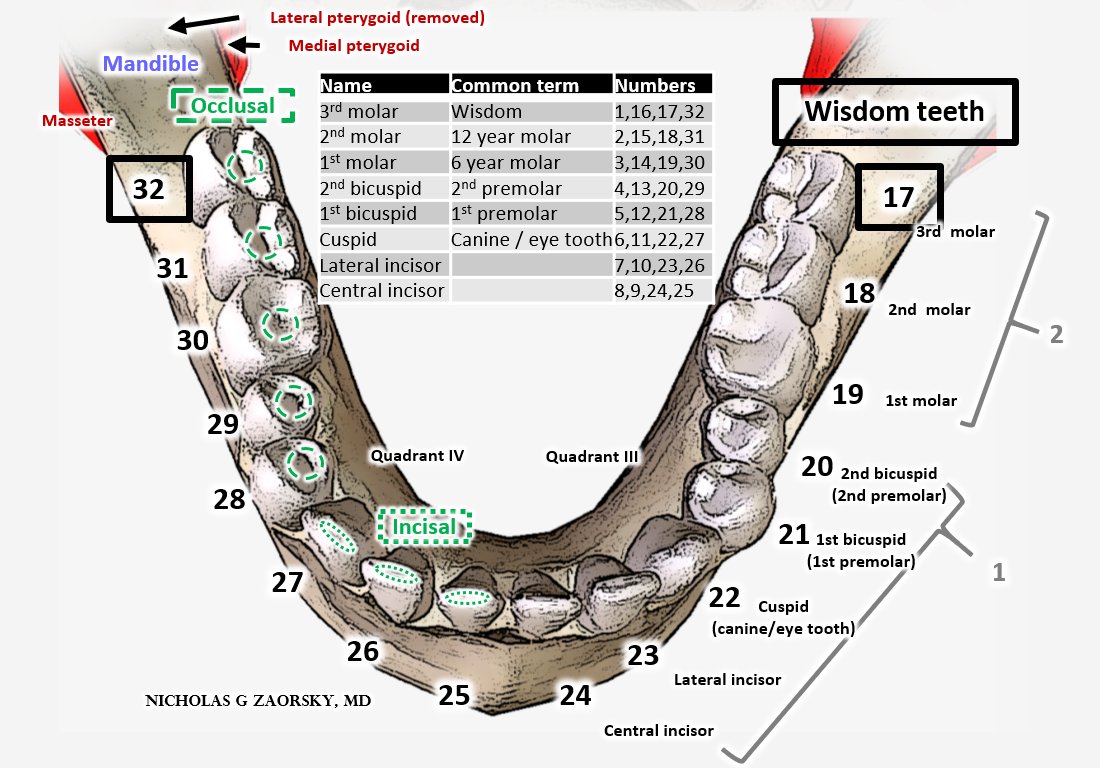
Can't open mouth / say "LAAA" = involvement of the "LAAAteral" pterygoid = at least T2.
Info from @TheUSMLE Step 1 exam returns.
#HNCSM
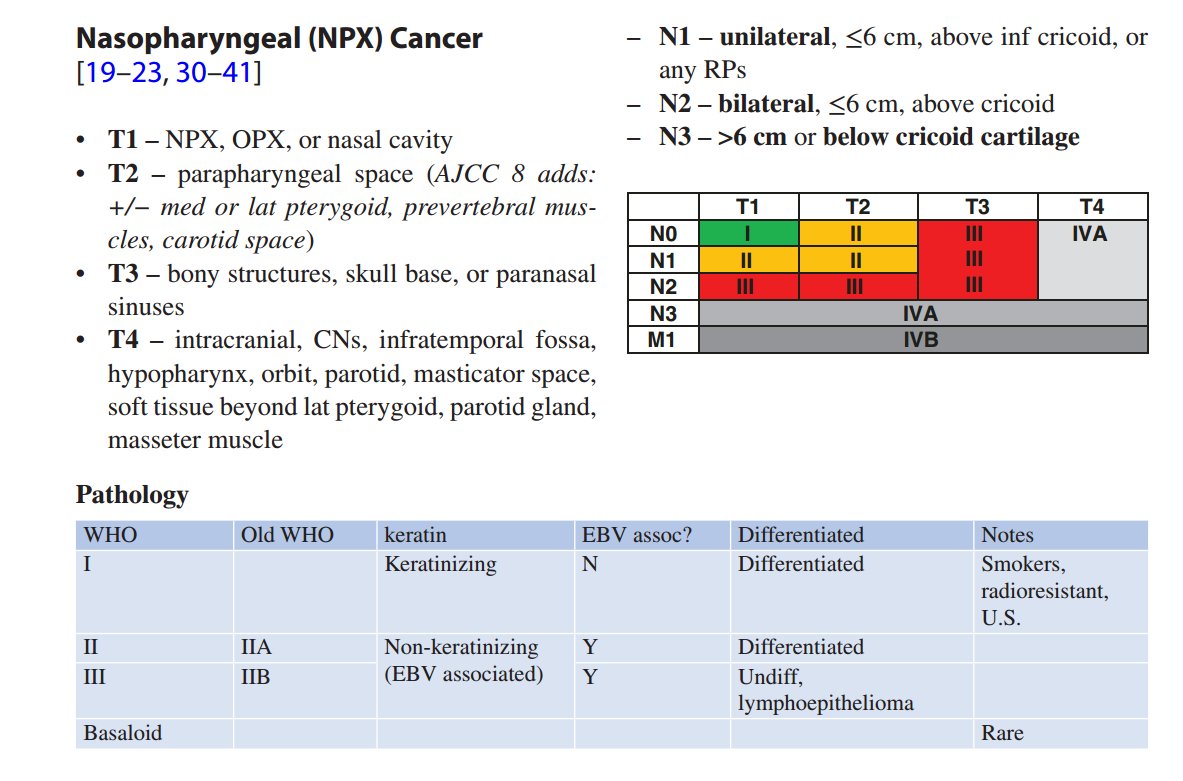
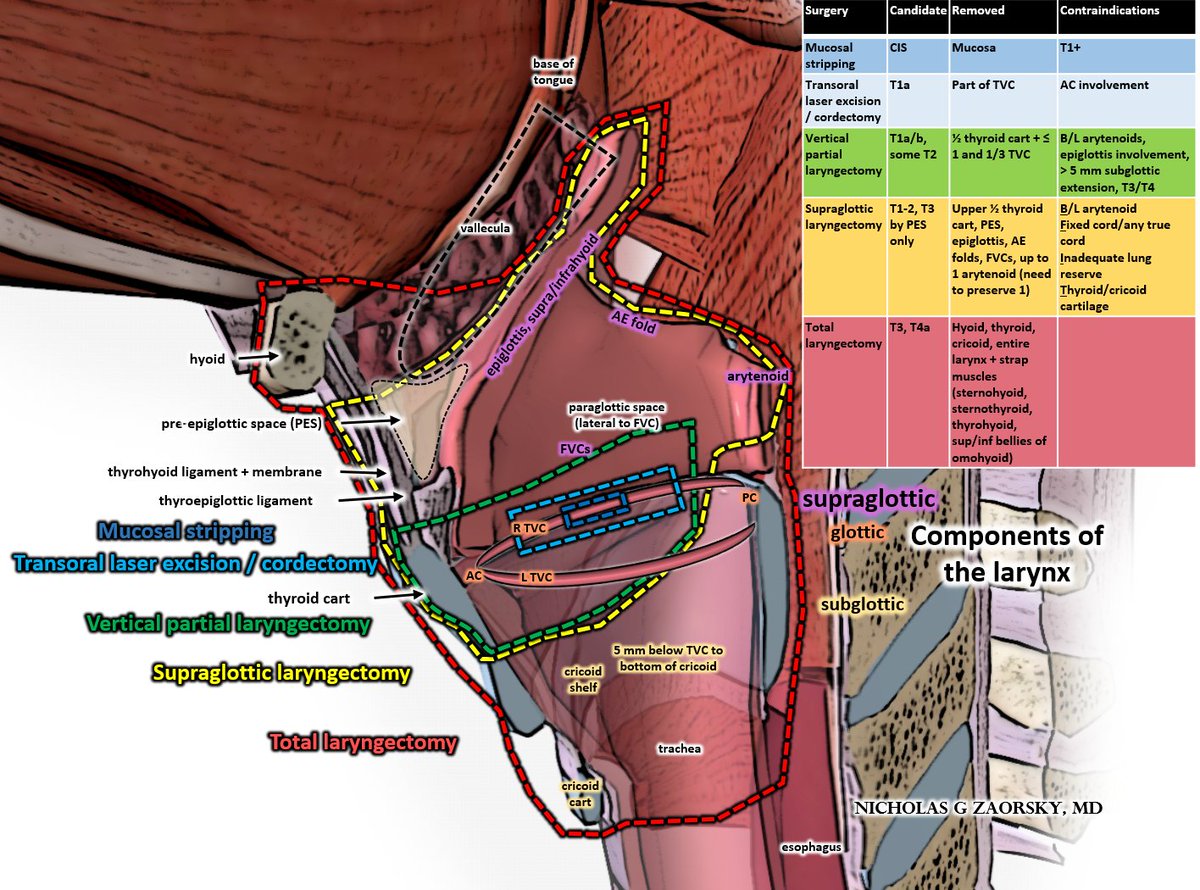
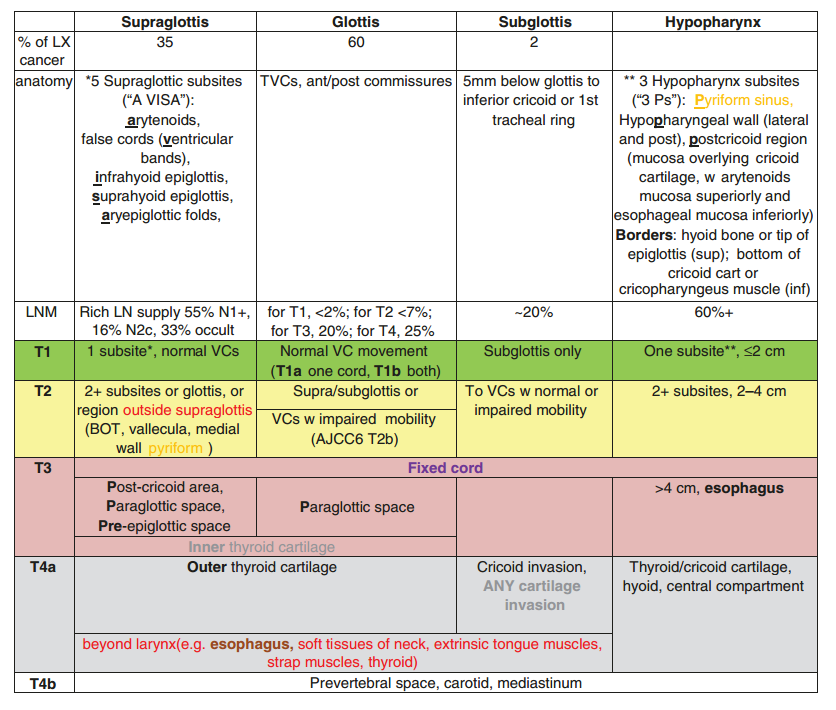
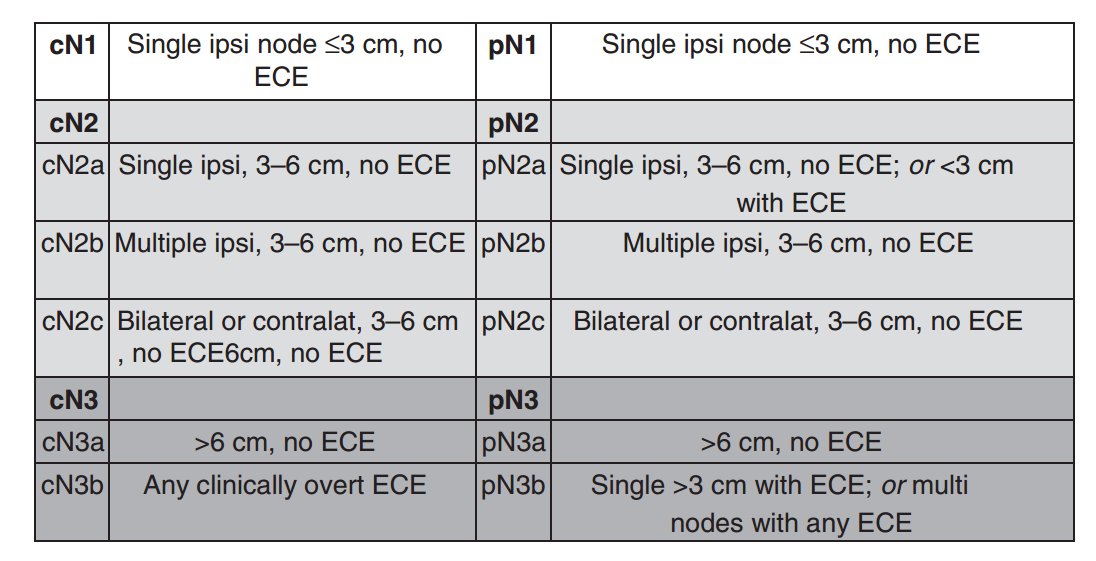
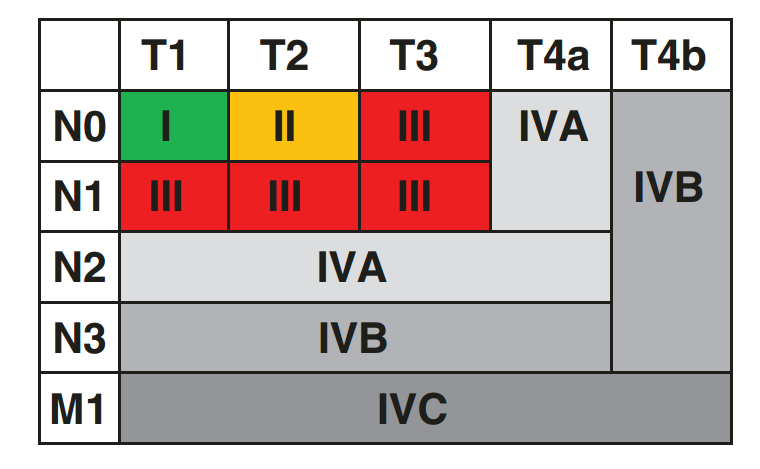
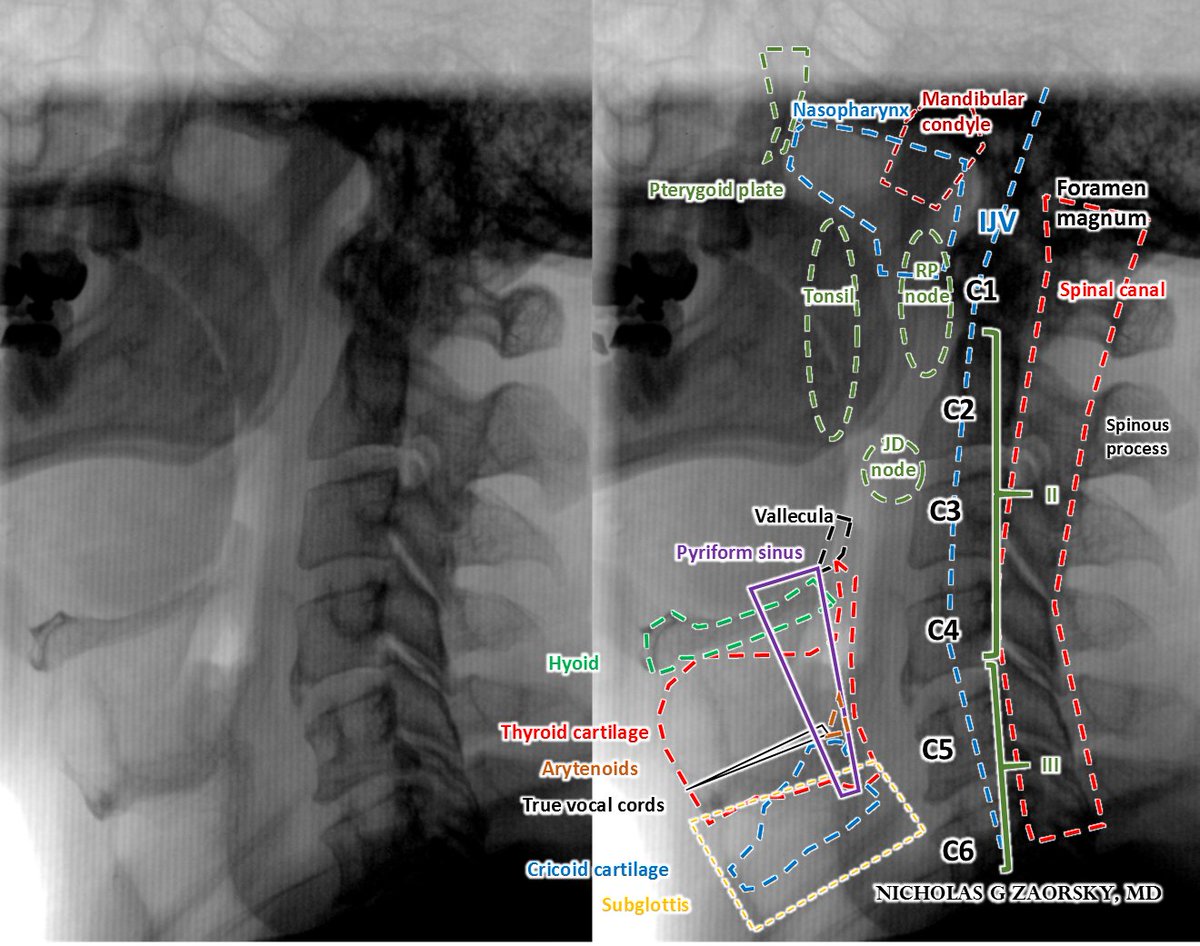
For most head/neck cancers, we avoid salivary glands; here, we treat bilat SMGs and 2/3 parotids.
ncbi.nlm.nih.gov/pubmed/26152655
#ALS #Parkinsons
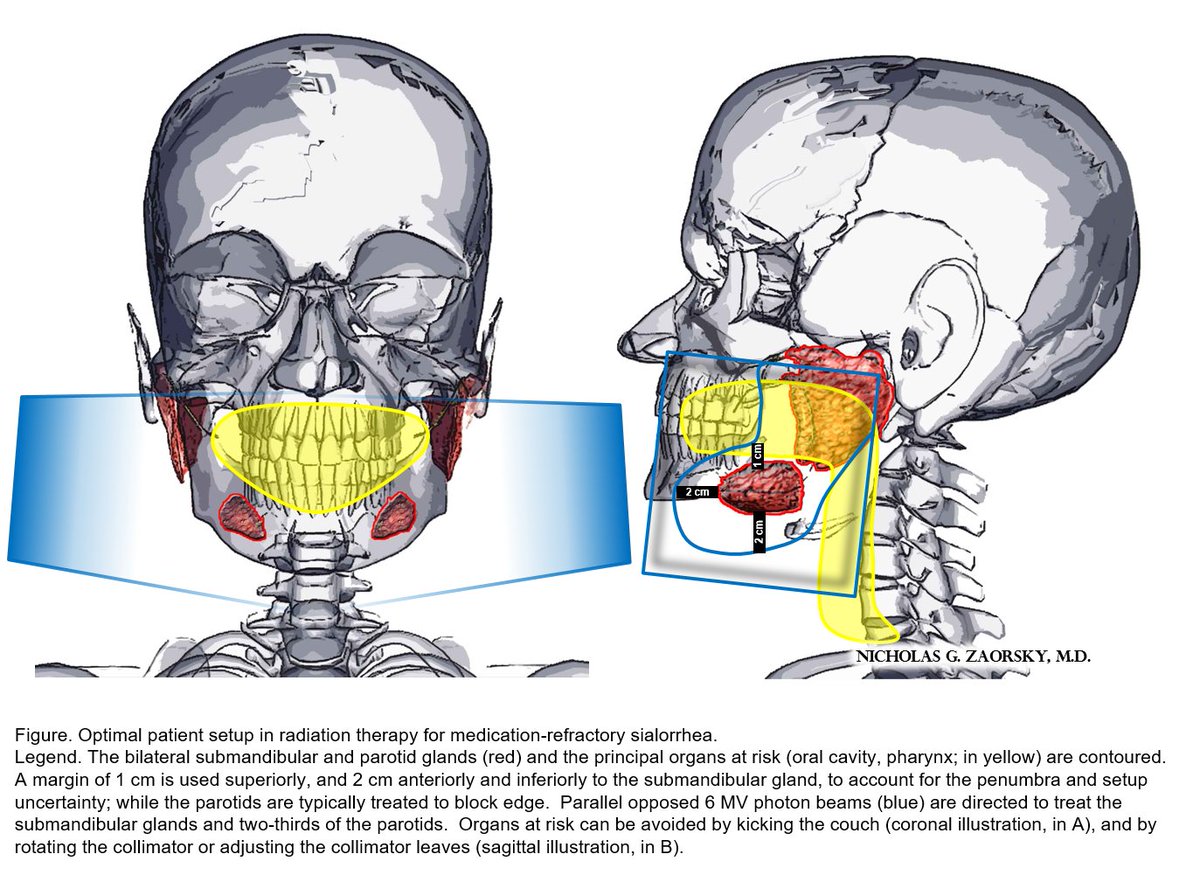
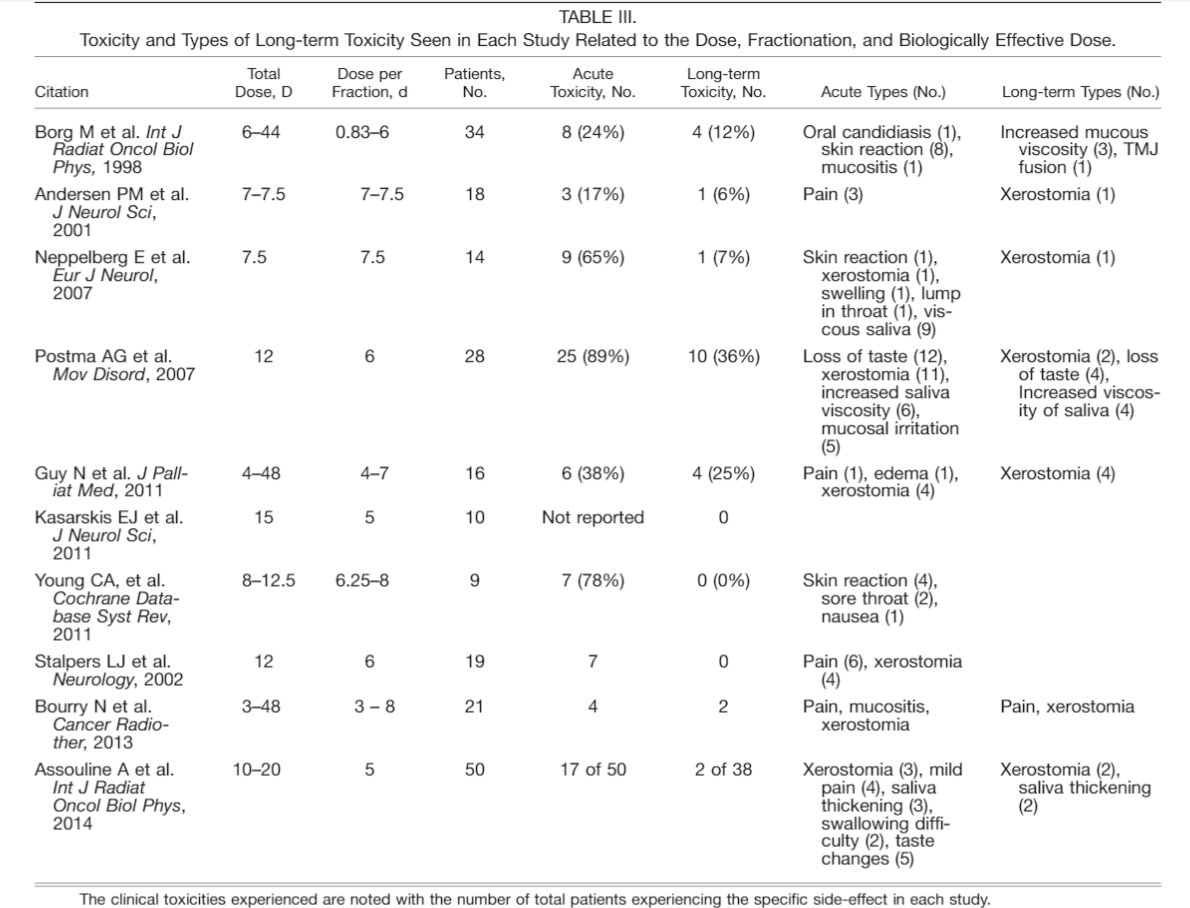
N2 disease is Stage III.
EBUS, EUS popular assessment tools but can't access stations 5/6.
#LCSM
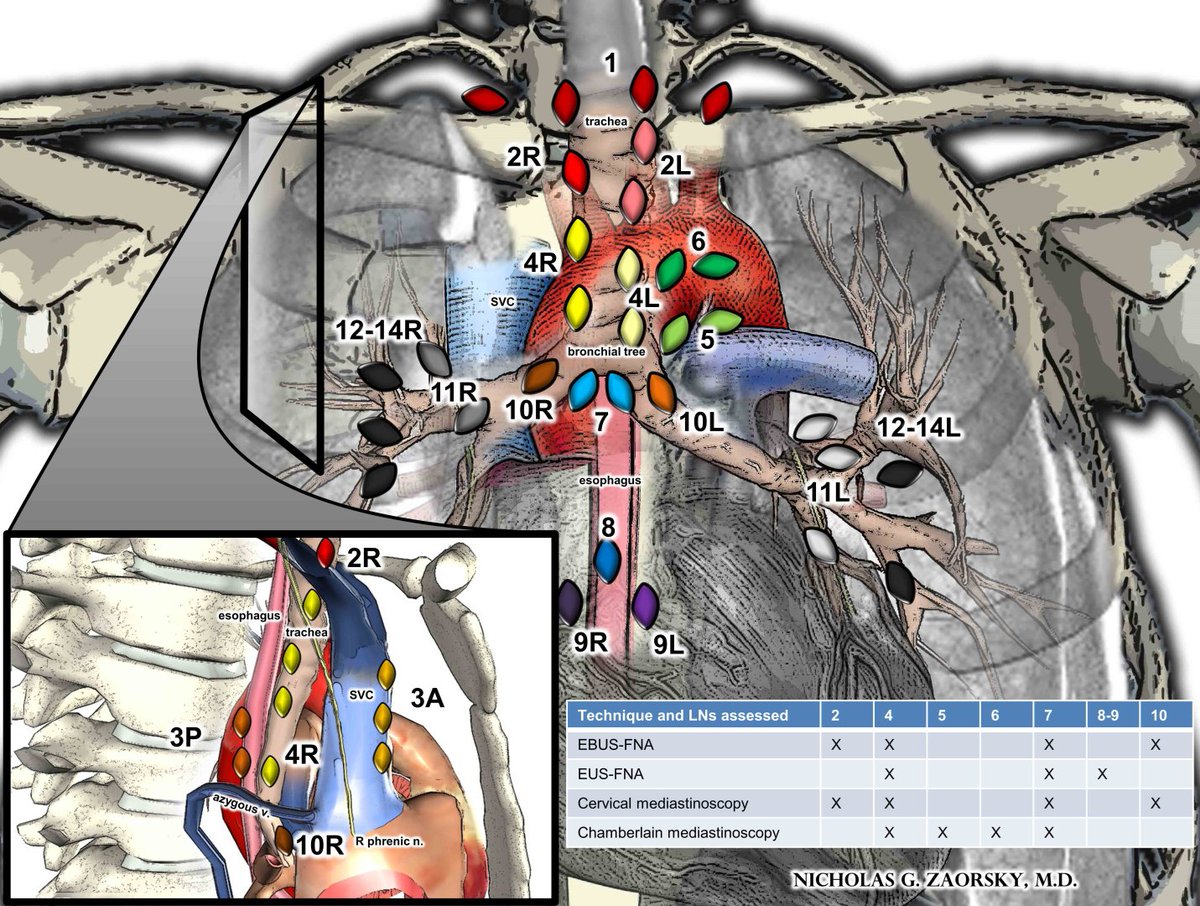
More from @JoeChangMD:
ncbi.nlm.nih.gov/pubmed/24661665
#LCSM
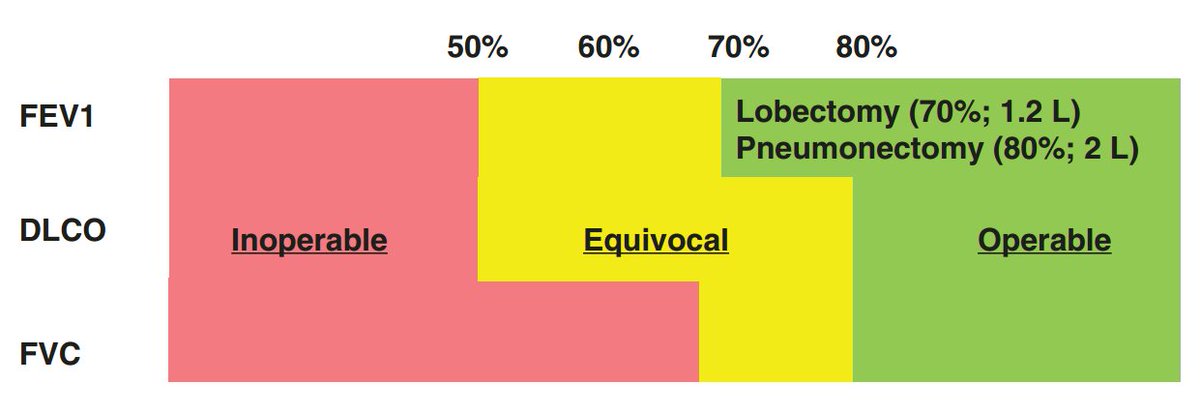
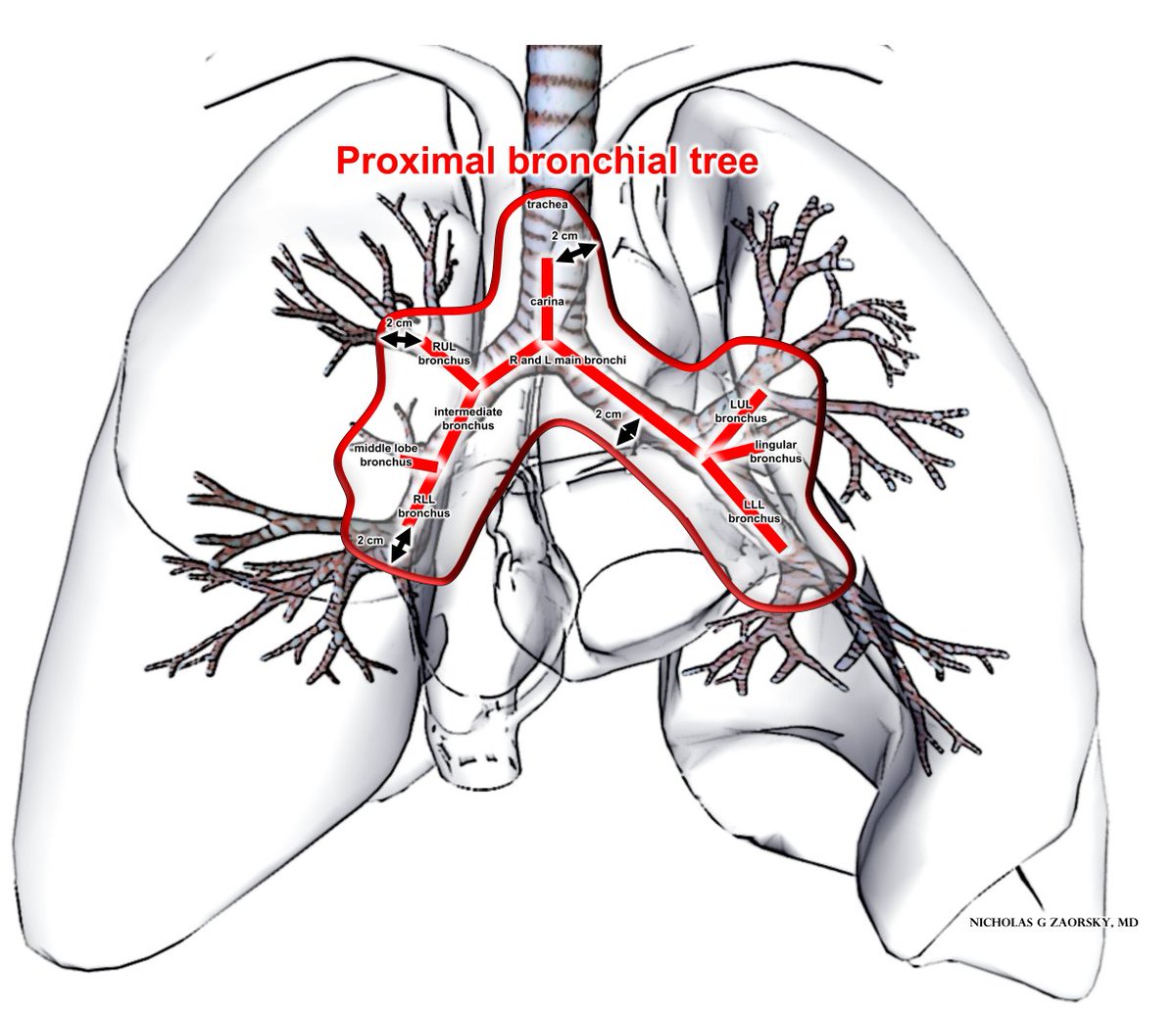
Here they are simplified. Sometimes, less is more in an illustration.
#BCSM
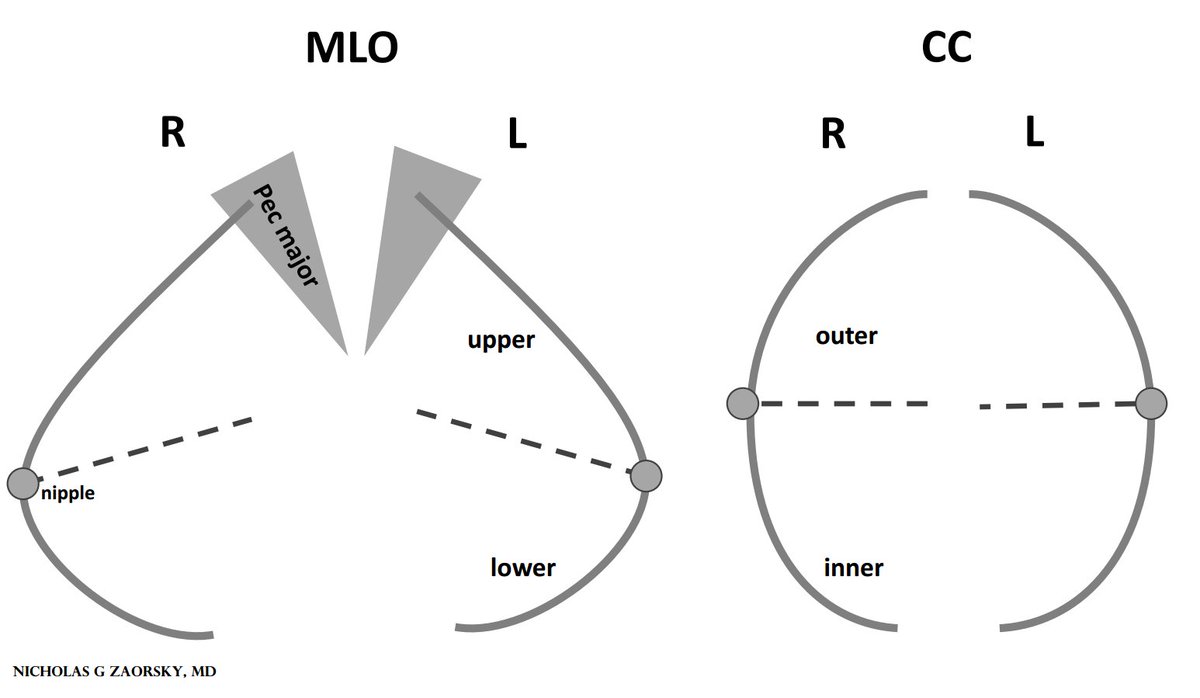
I: lateral to pec minor
II: under pec minor
III: medial to pec minor
IM nodes are from top 1st rib to top of 4th rib
Lumpectomy + LND typically only gets levels I, II.
In #RadOnc, "treat the nodes" is RT to I-III + supraclav.
#bcsm
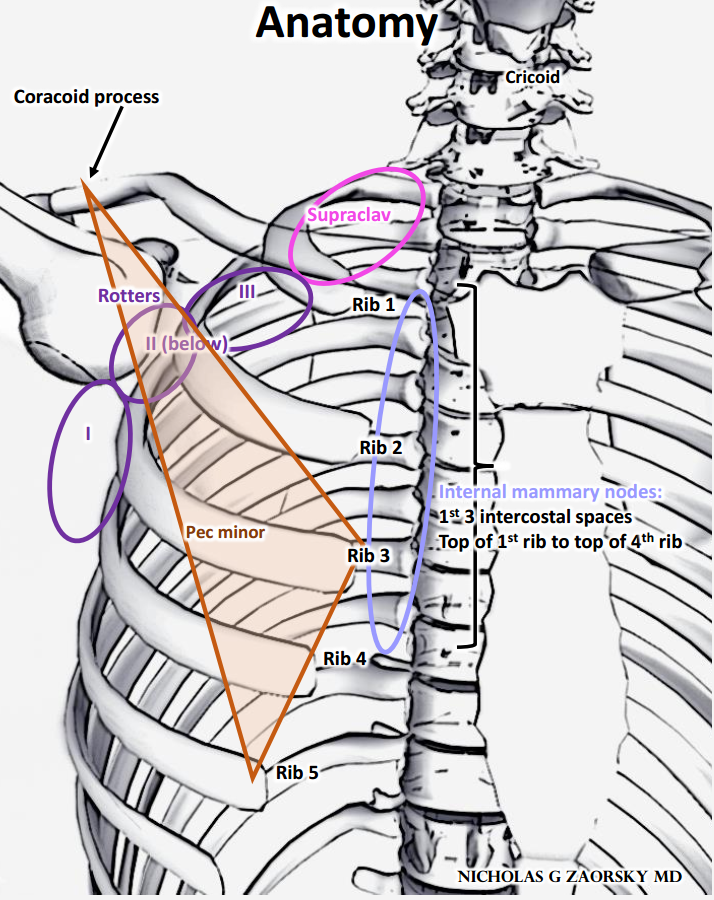
Supraclav beam is oblique AP.
Posterior axillary boost similar but block lung + above clavicle.
If treating breast + LNs, avoid divergence of tangents (move feet away from gantry)
Thanks for teaching me @hayesradonc @NickiSimone4
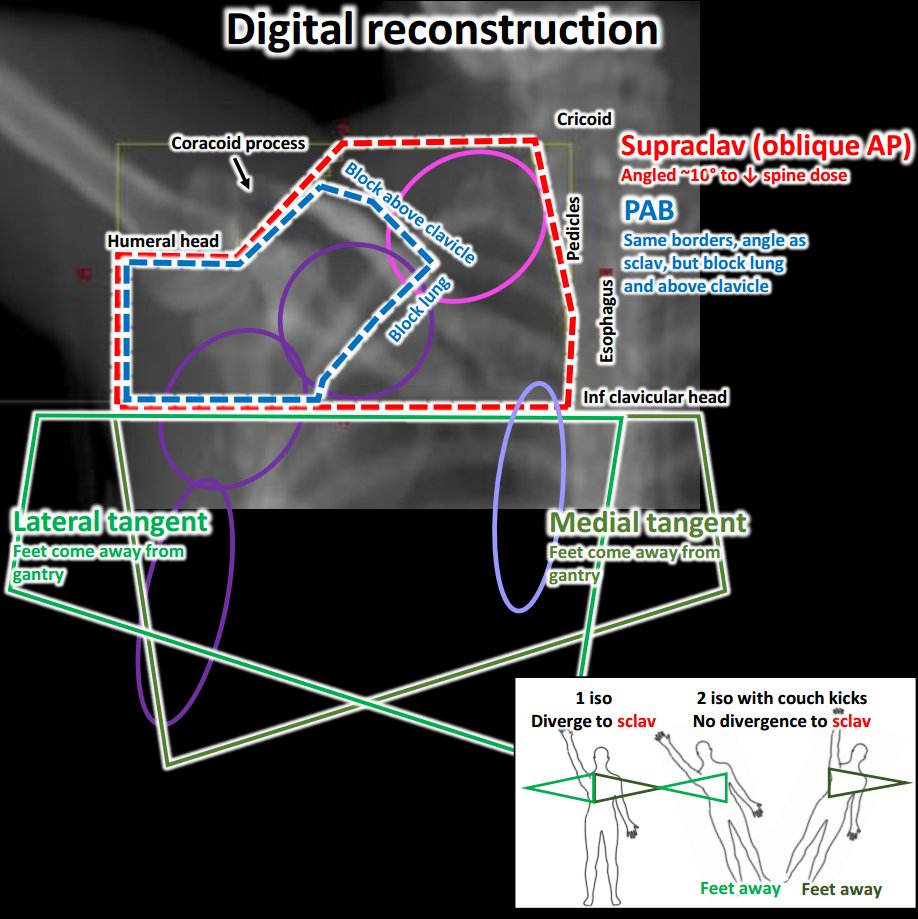
Inf border of clavicular head is a good bony landmark.
#BCSM
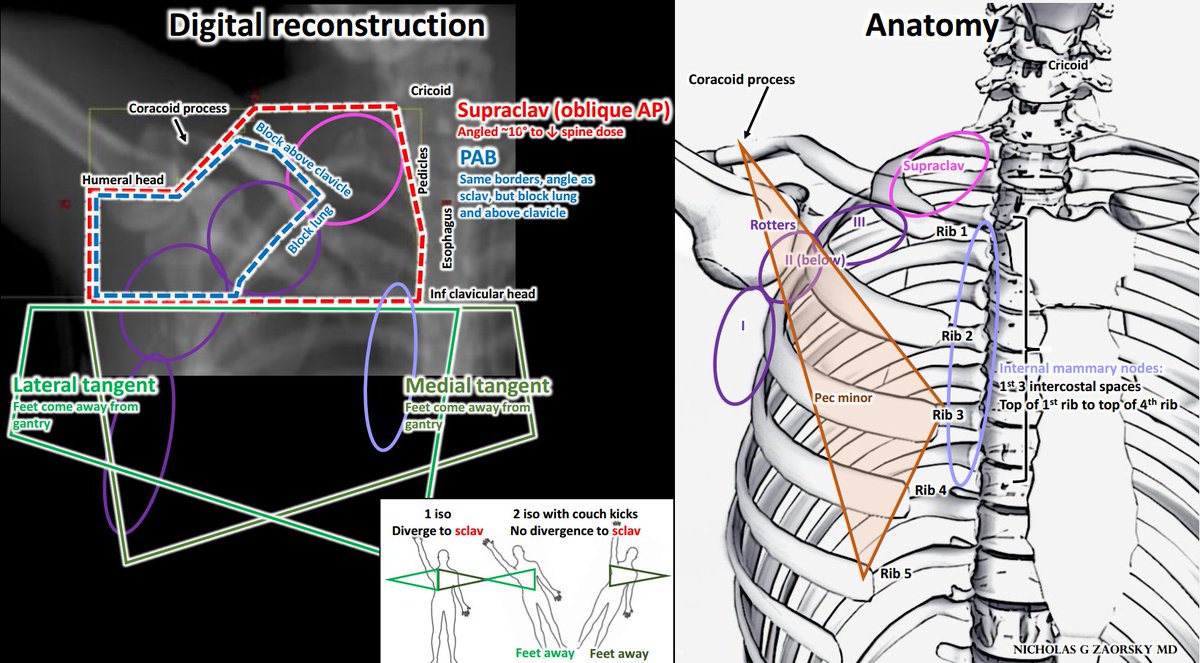
Anatomic landmarks on 4 key CT slices, with corresponding arrows on 3D model. Slices #1-3 are axial; 4 is coronal.
There are 5 main stations: I, II, III, sclav, IM.
rtog.org/CoreLab/Contou…
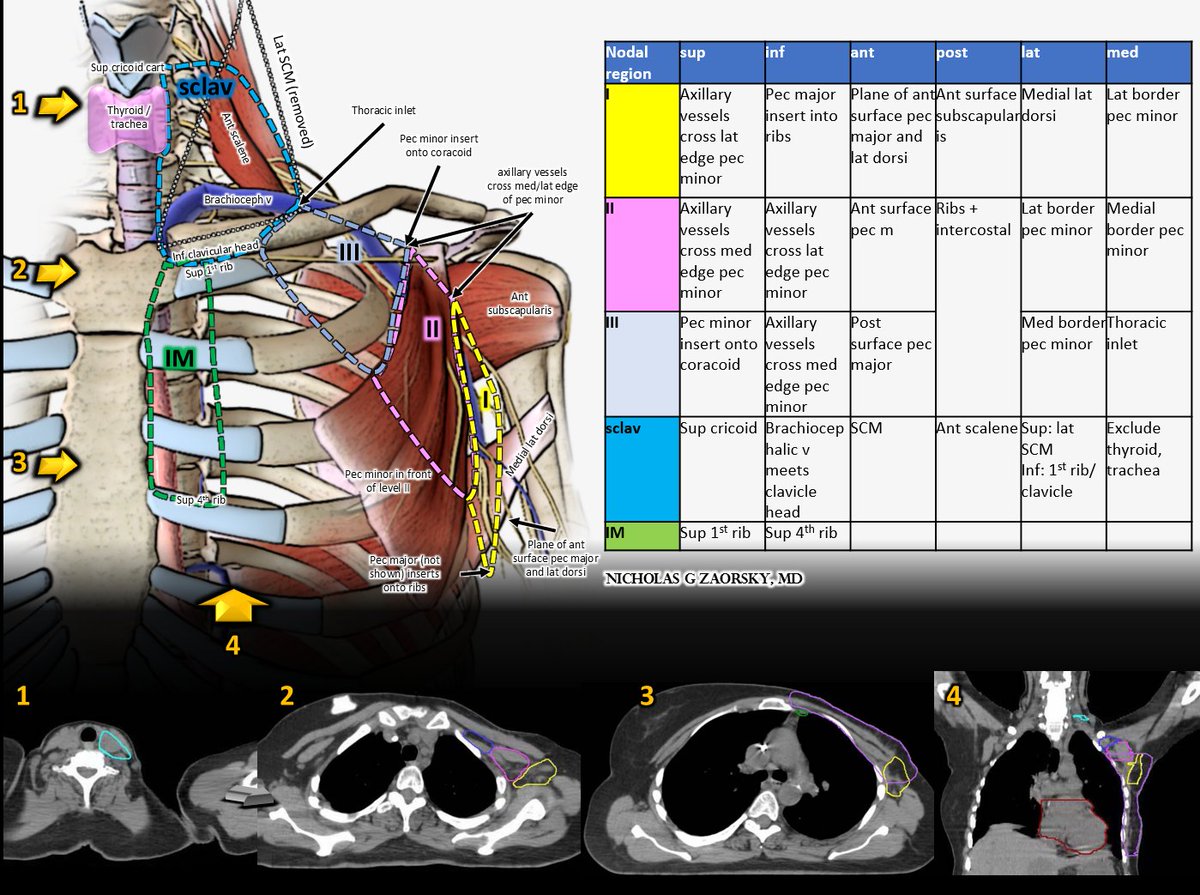
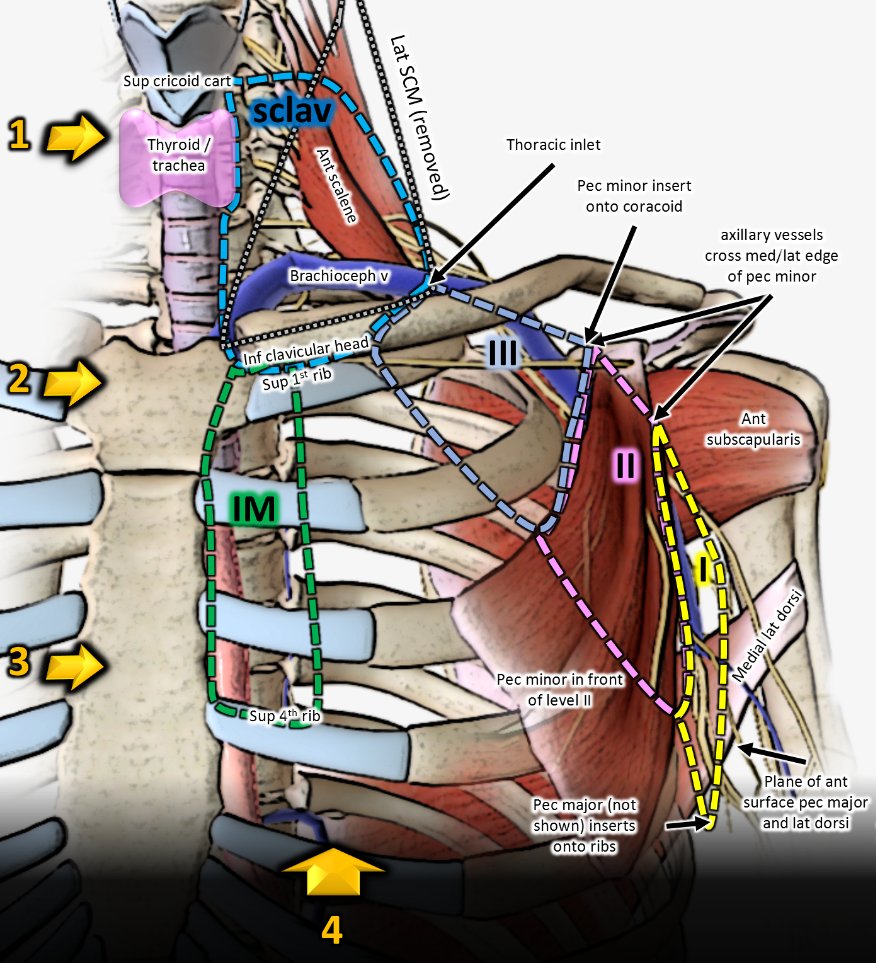
When you see these findings, consider these diagnoses.
#bcsm
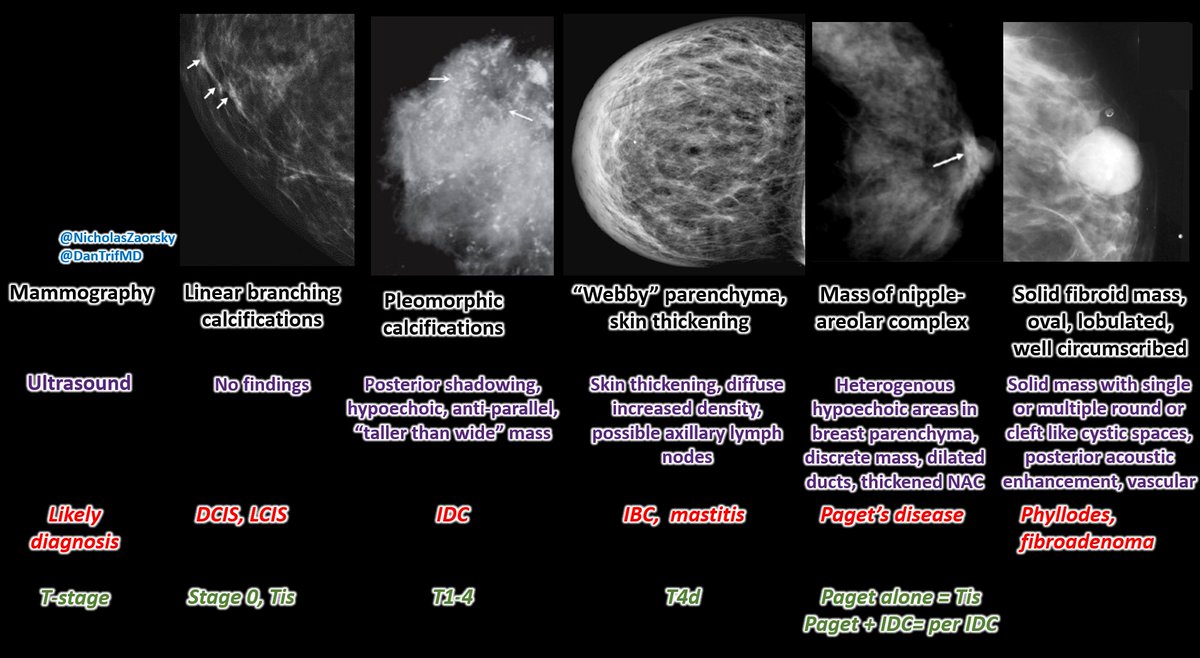
Distance from incisors matters.
Near gastroesophageal junction, tumors treated like esophagus vs stomach ca based on Siewert.
T/N stage depends on depth. T1b has 20% risk of LN involvement!
Thx for input @NirajGusani
#esocsm #GIcsm
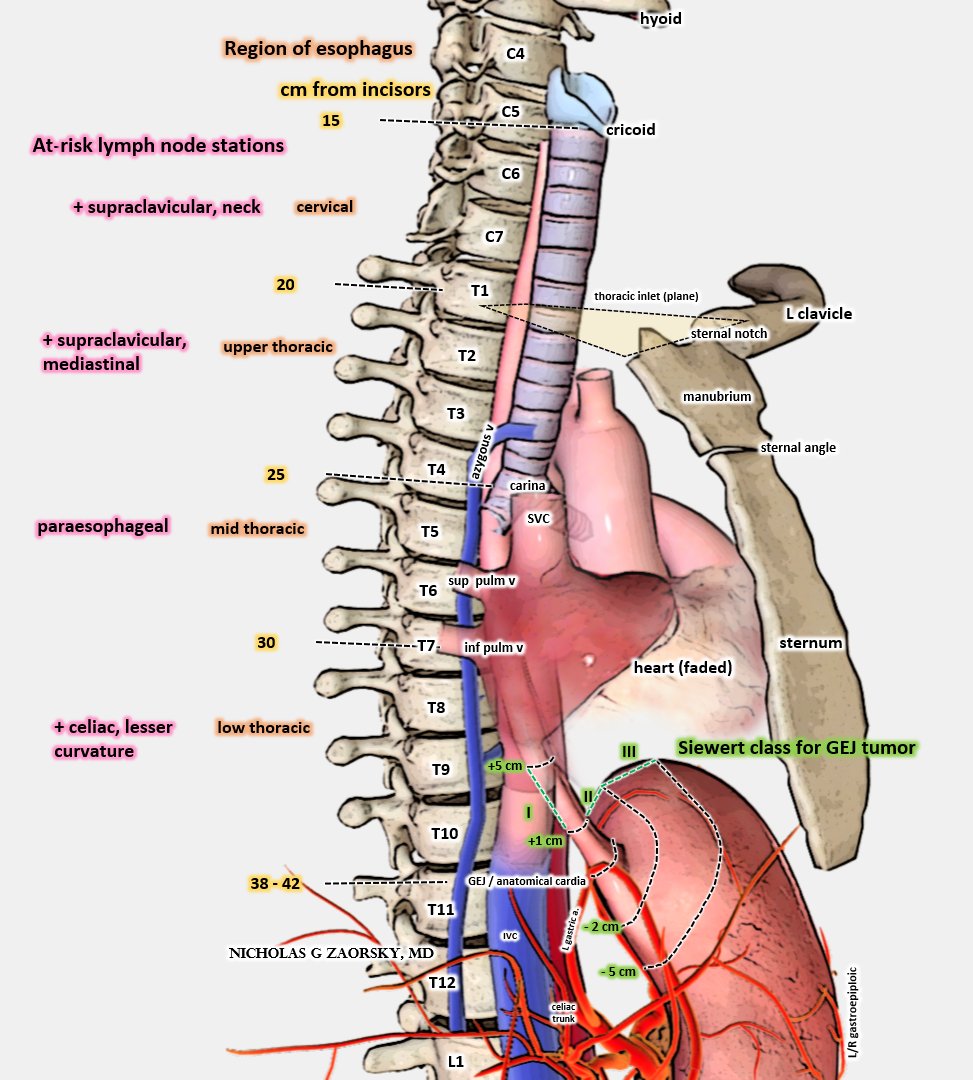
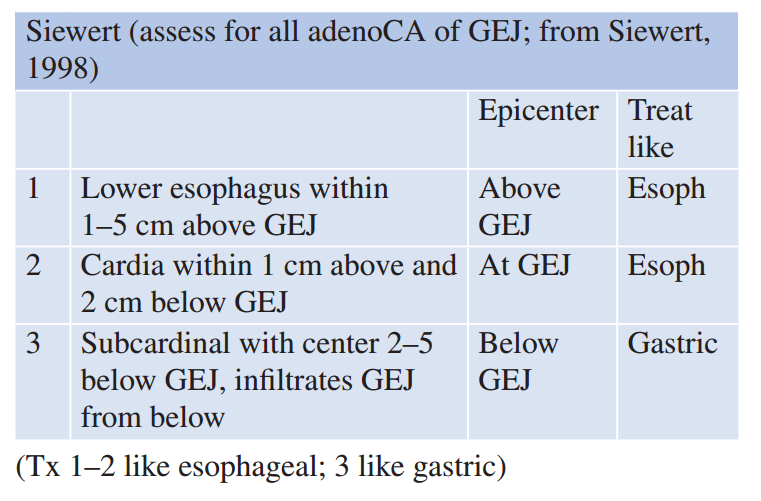
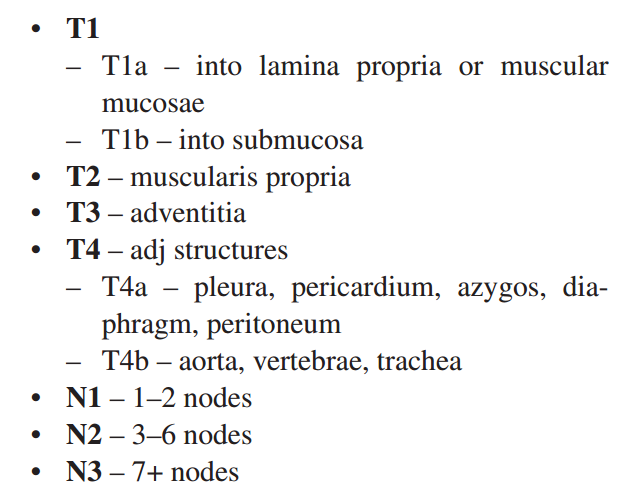

No RCT for D1 vs D2.
D2 dissections are associated with more complications, but improved CSS.
Historically, in US, D0 dissections more common (e.g. INT 0116 trial); in contrast, in Asia, D2+ dissections common.
#GICSM
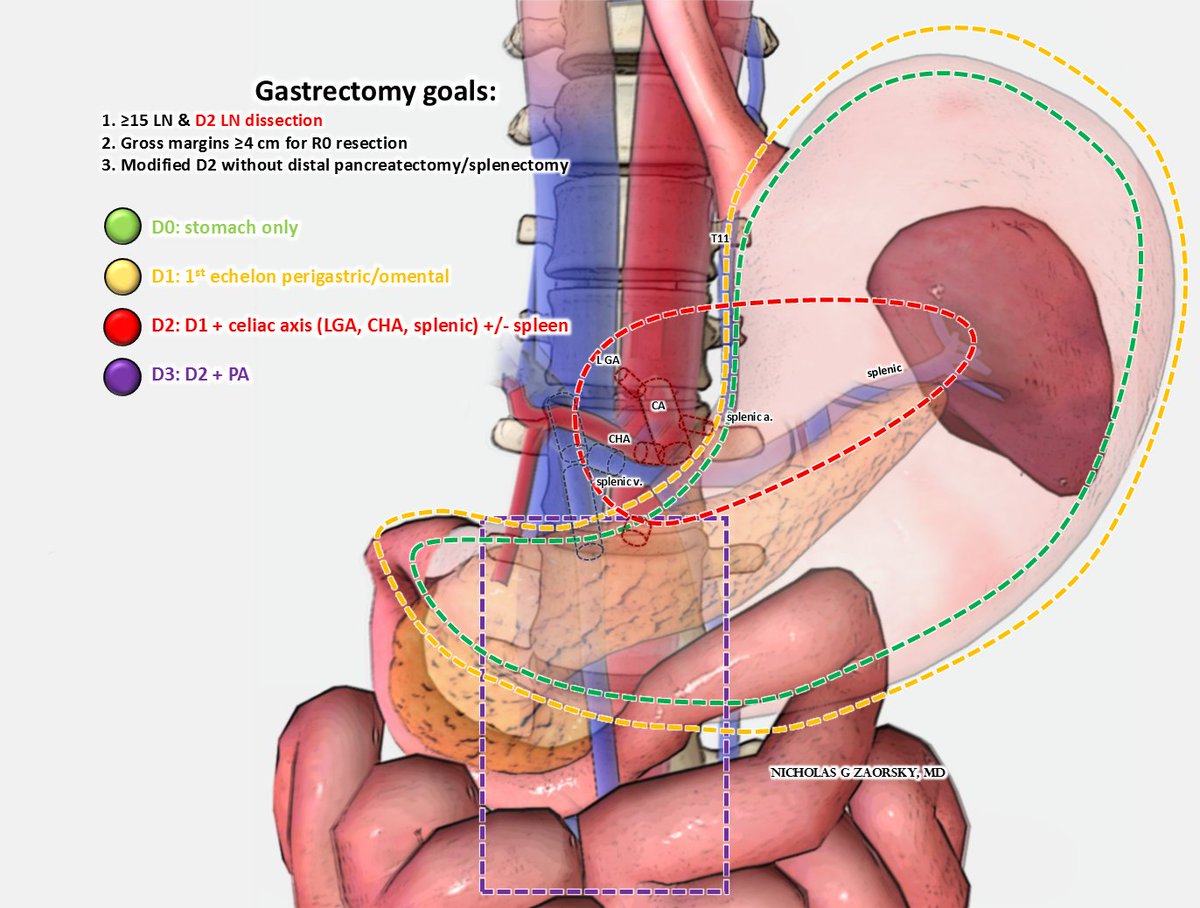
#GICSM
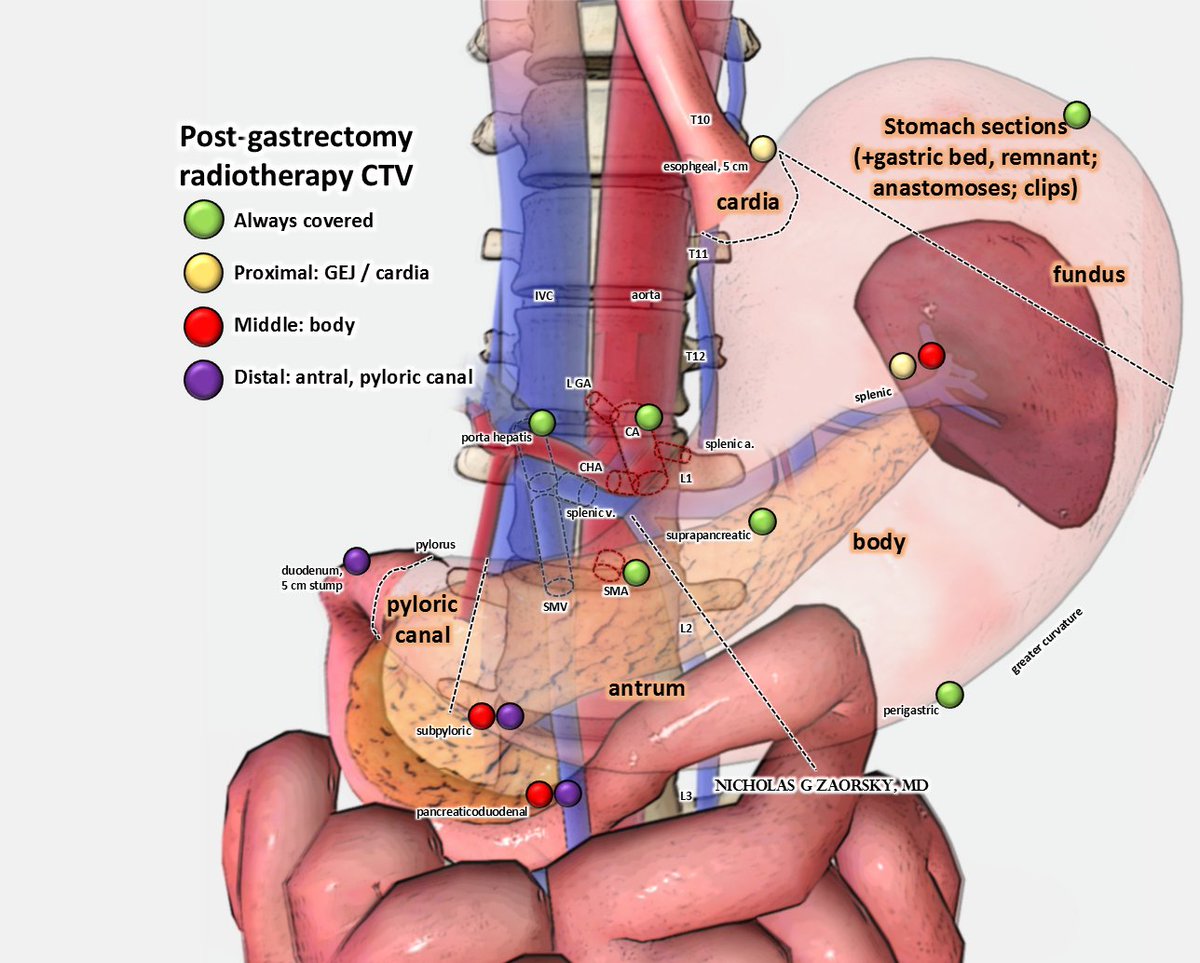
Blue is tumor. Red is critical vessel like the SMA, celiac axis.
I'll defer to the experts though, @SanjaySReddy @NirajGusani
#PancreaticCancer
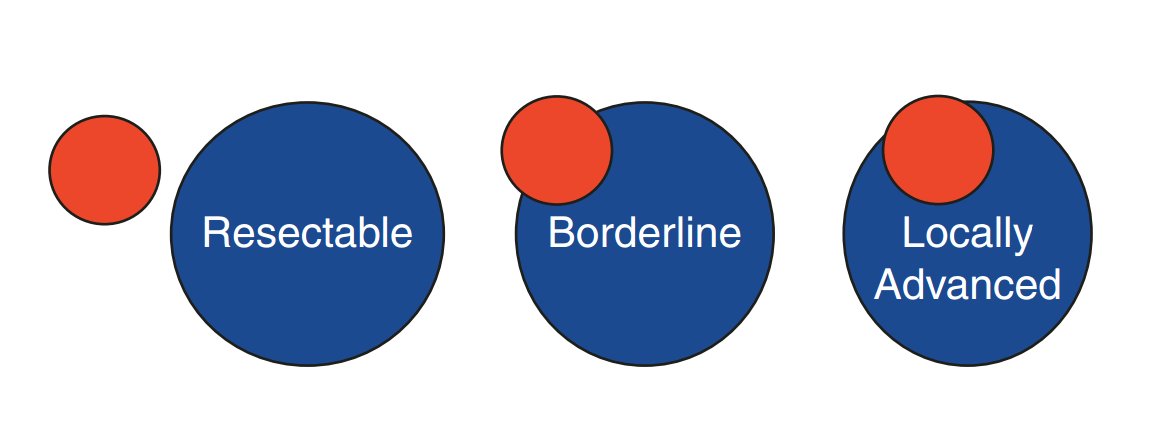
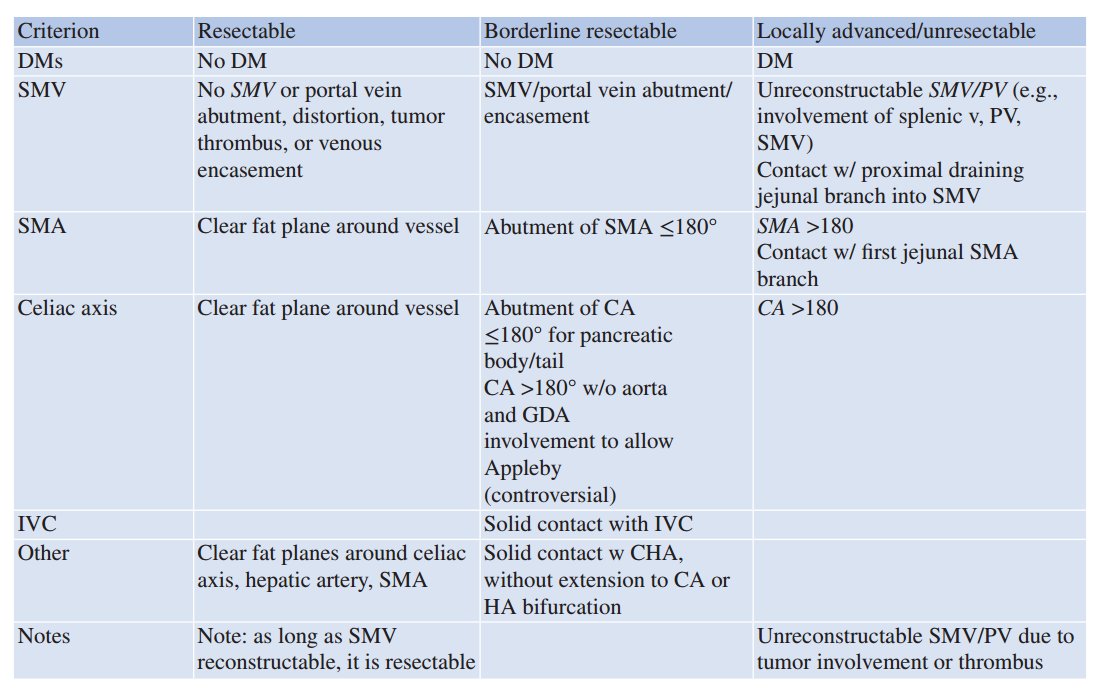
#GICSM #LiverCancer #Cholangiocarcinoma
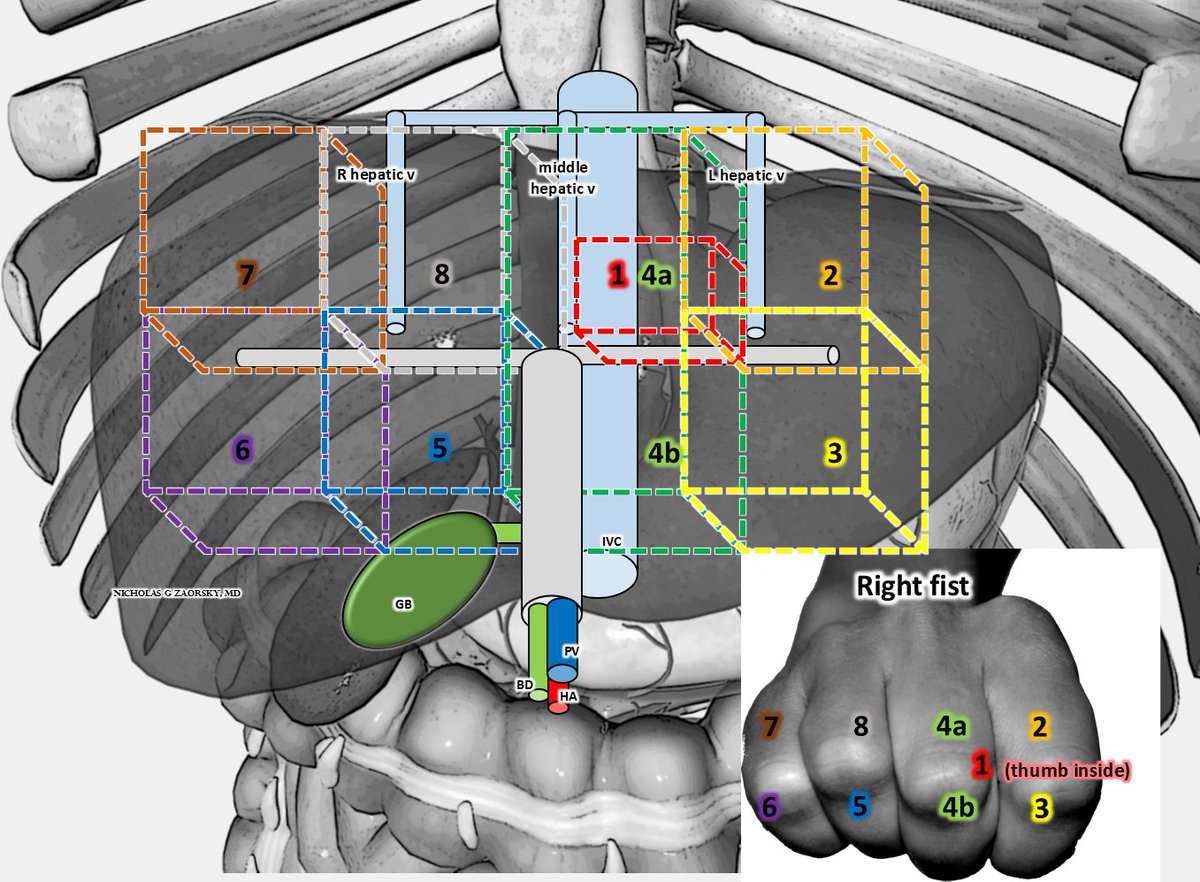
Work from Daniel T Chang, @ACKoongMDPhD
ncbi.nlm.nih.gov/pubmed/25659885
#GICSM
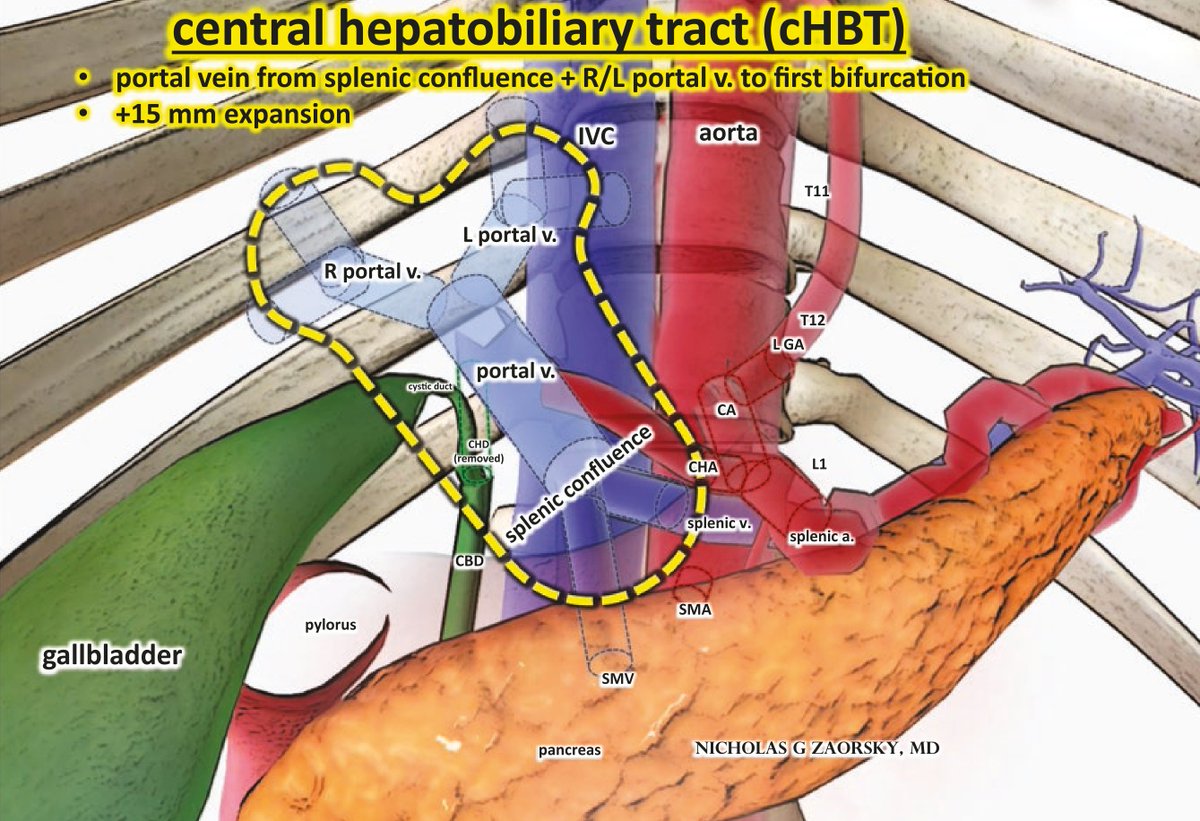
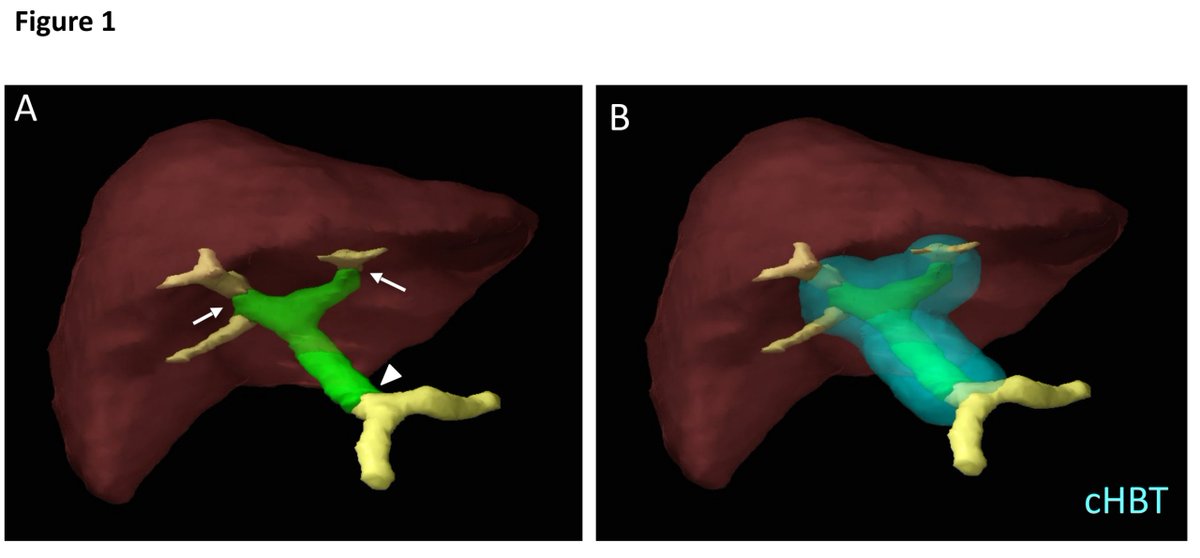
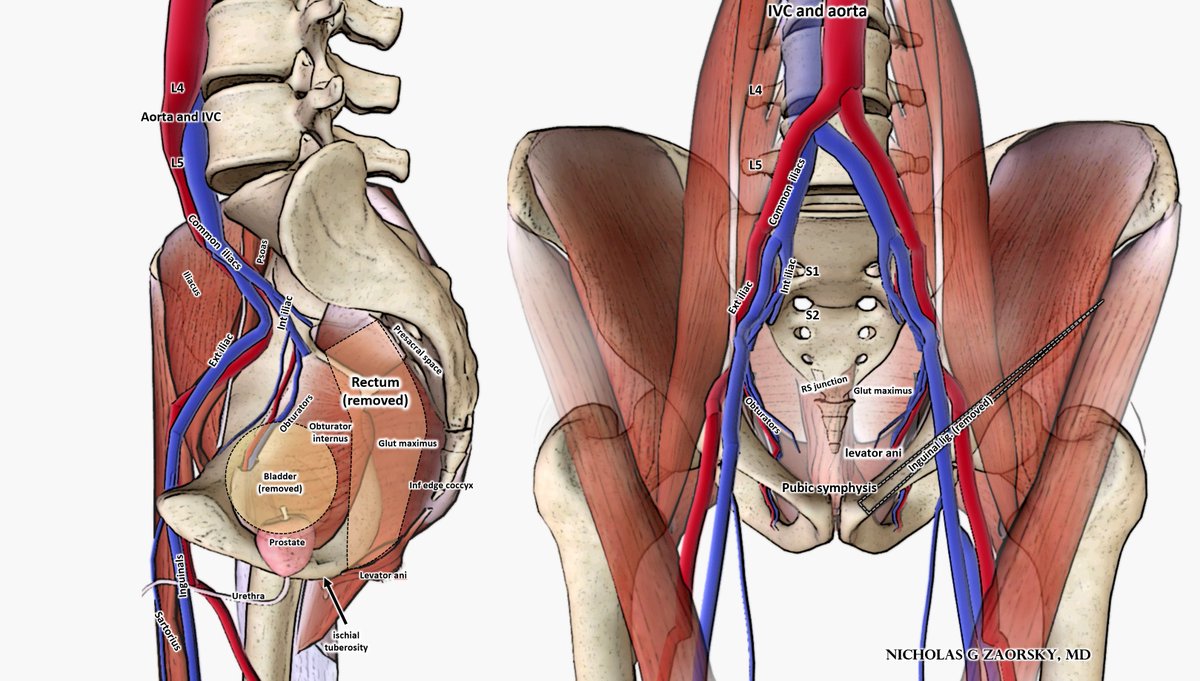
ncbi.nlm.nih.gov/pubmed/22401917
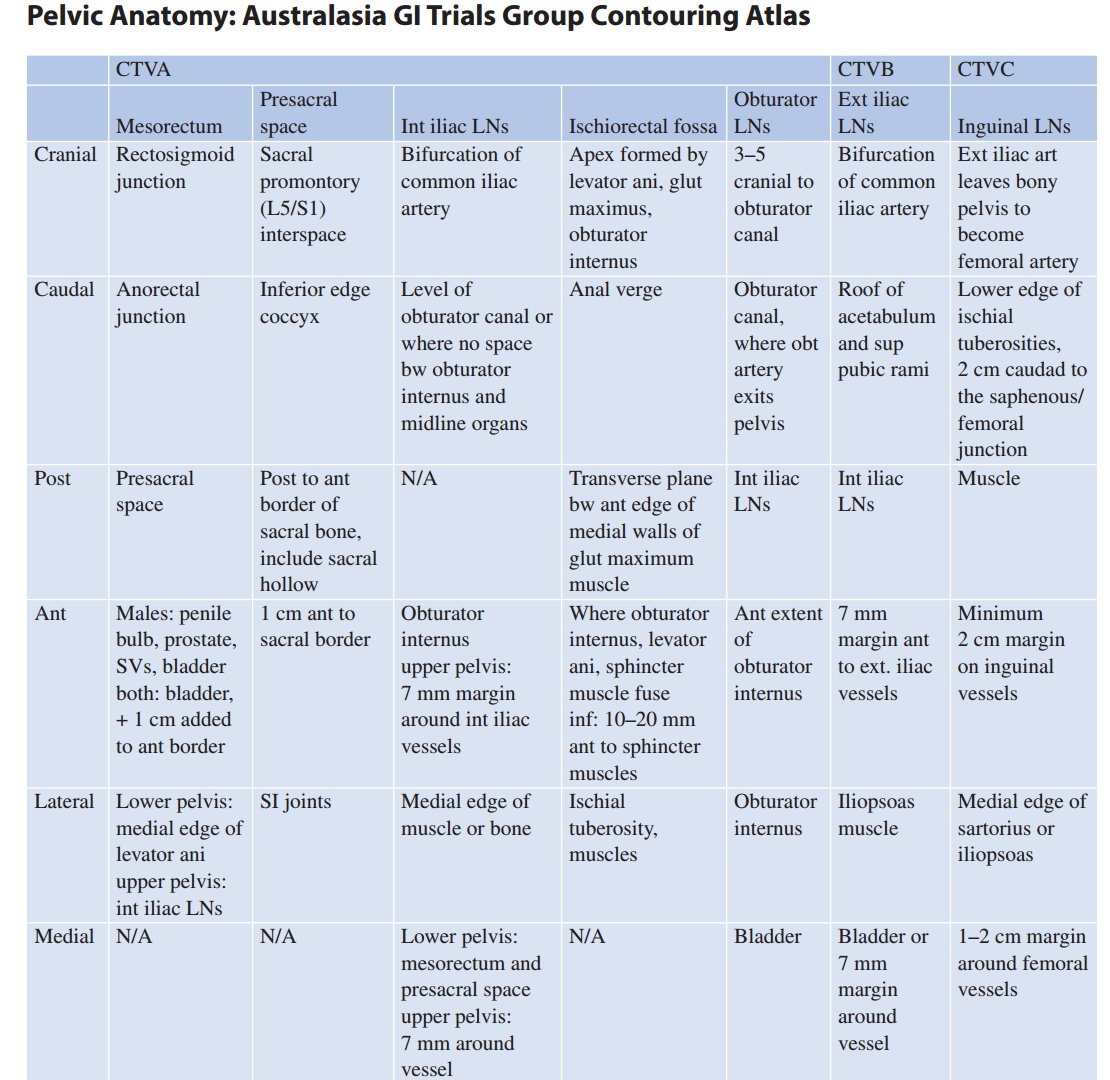
rtog.org/LinkClick.aspx…
From chapter with @LeilaTchelebi
#GICSM
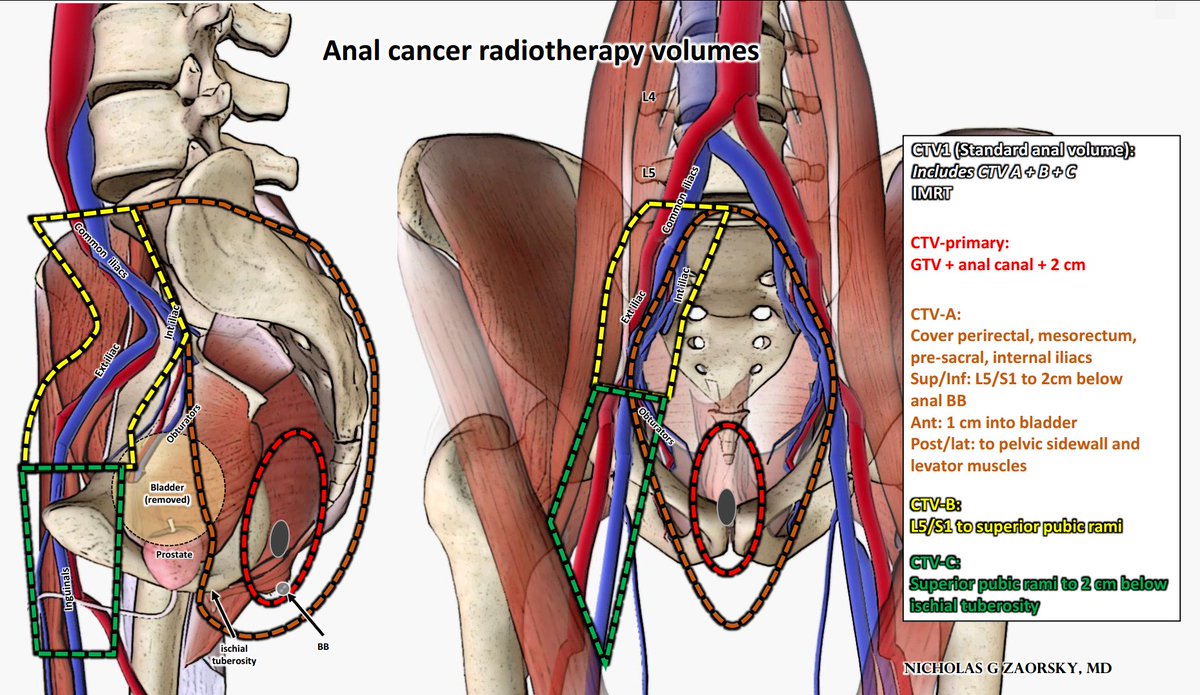
rtog.org/LinkClick.aspx…
From chapter with @LeilaTchelebi
#GICSM
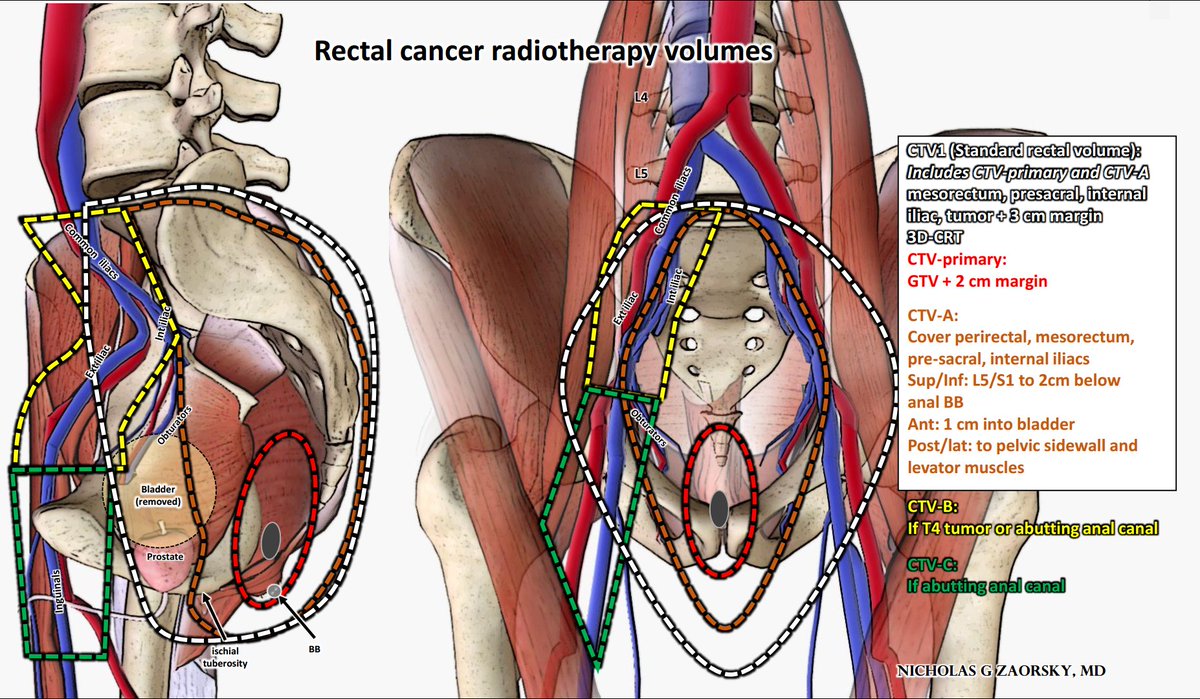
From chapter with @LeilaTchelebi
More great info from @eContourRadOnc @ErinGillespieMD
econtour.org/training/recta…
#GICSM #colorectalcancer #Colorectalsurgery
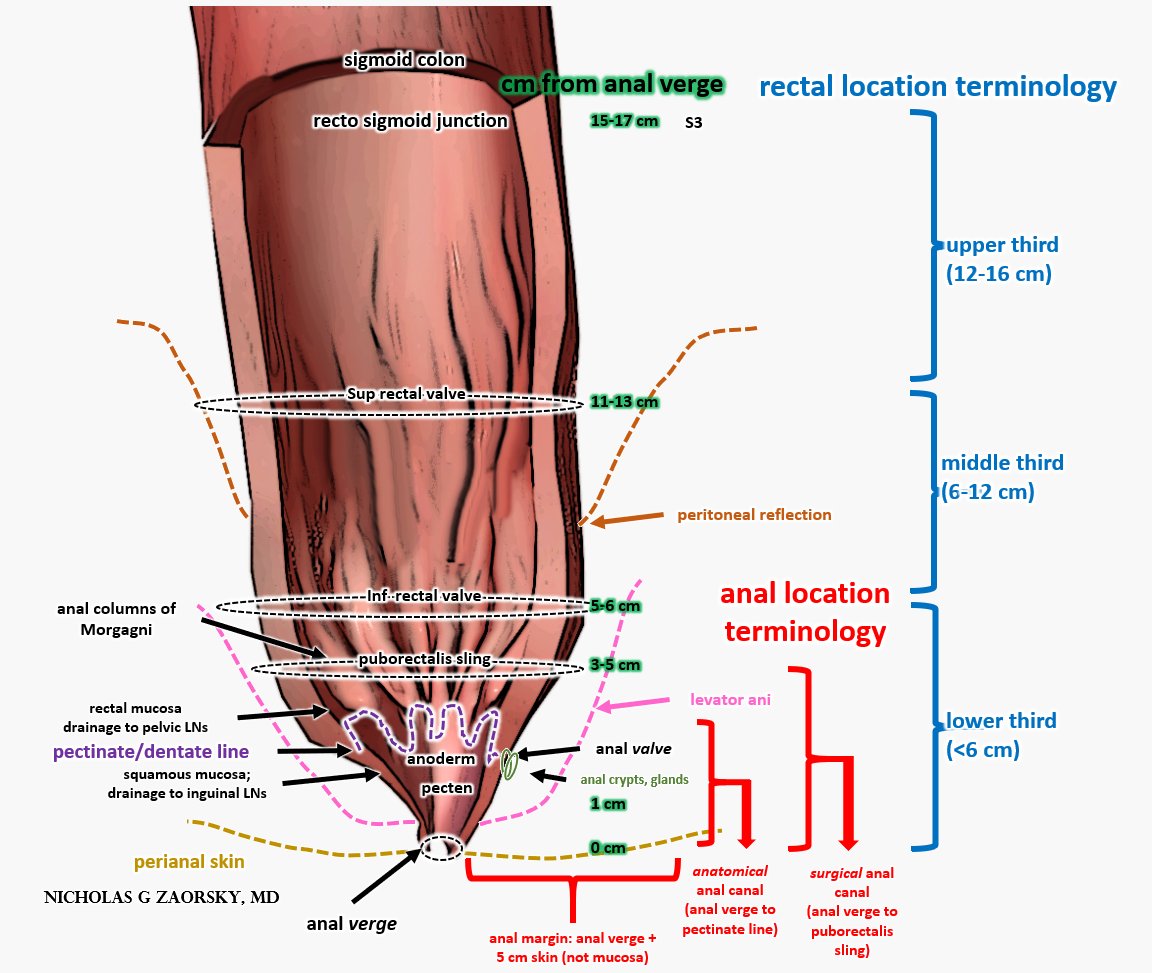
Chapter from @LeilaTchelebi
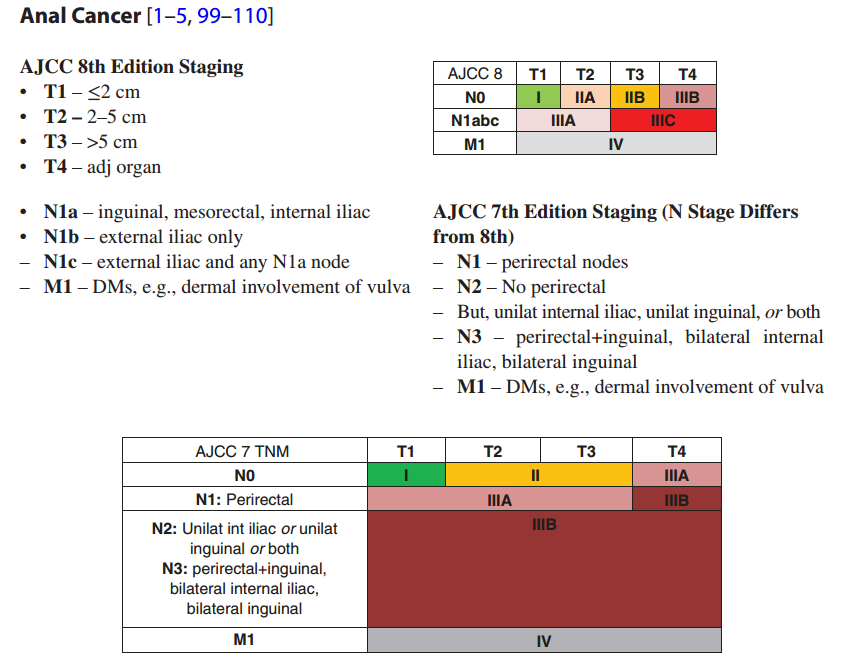
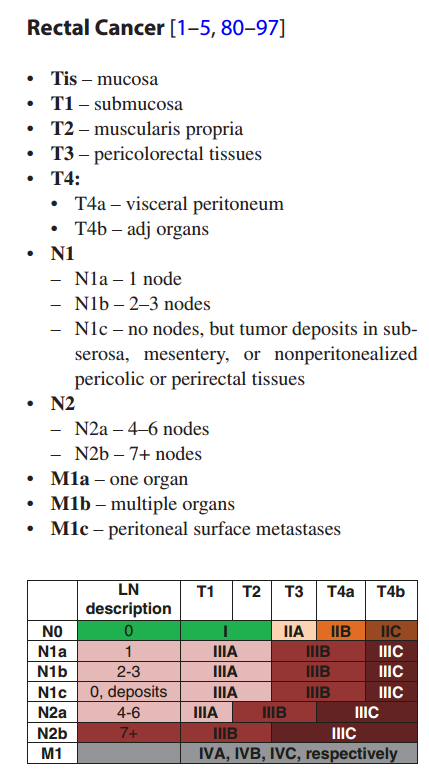
From paper with @LeilaTchelebi
#PancreaticCancer #RadOnc
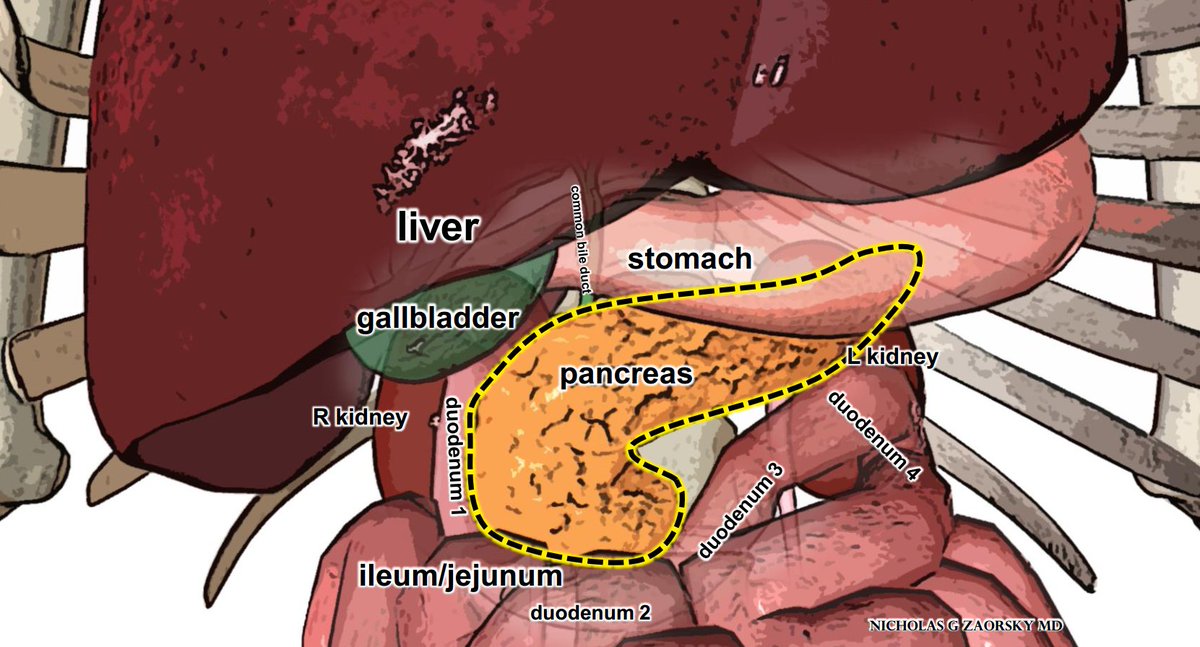
ncbi.nlm.nih.gov/pubmed/29301352
